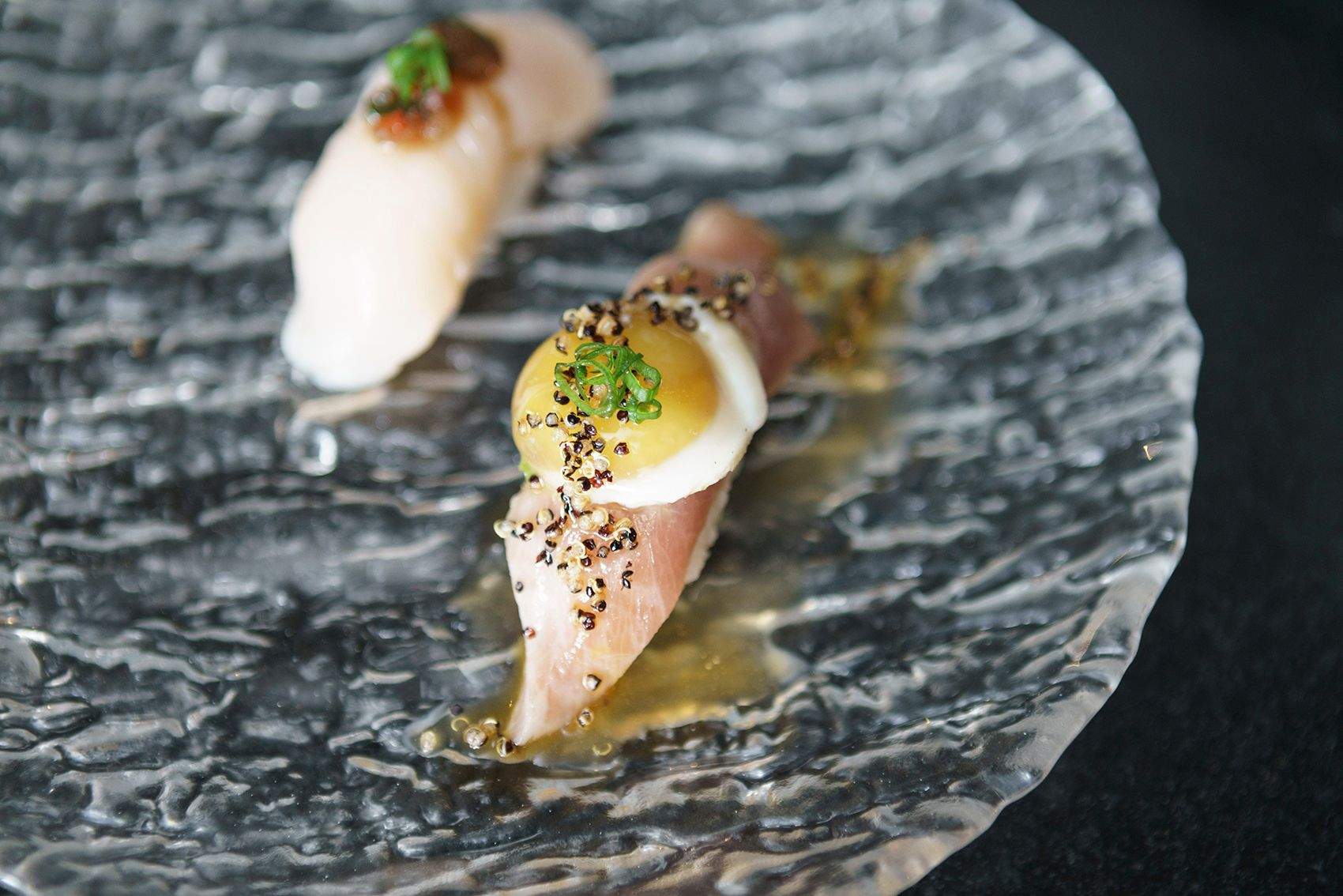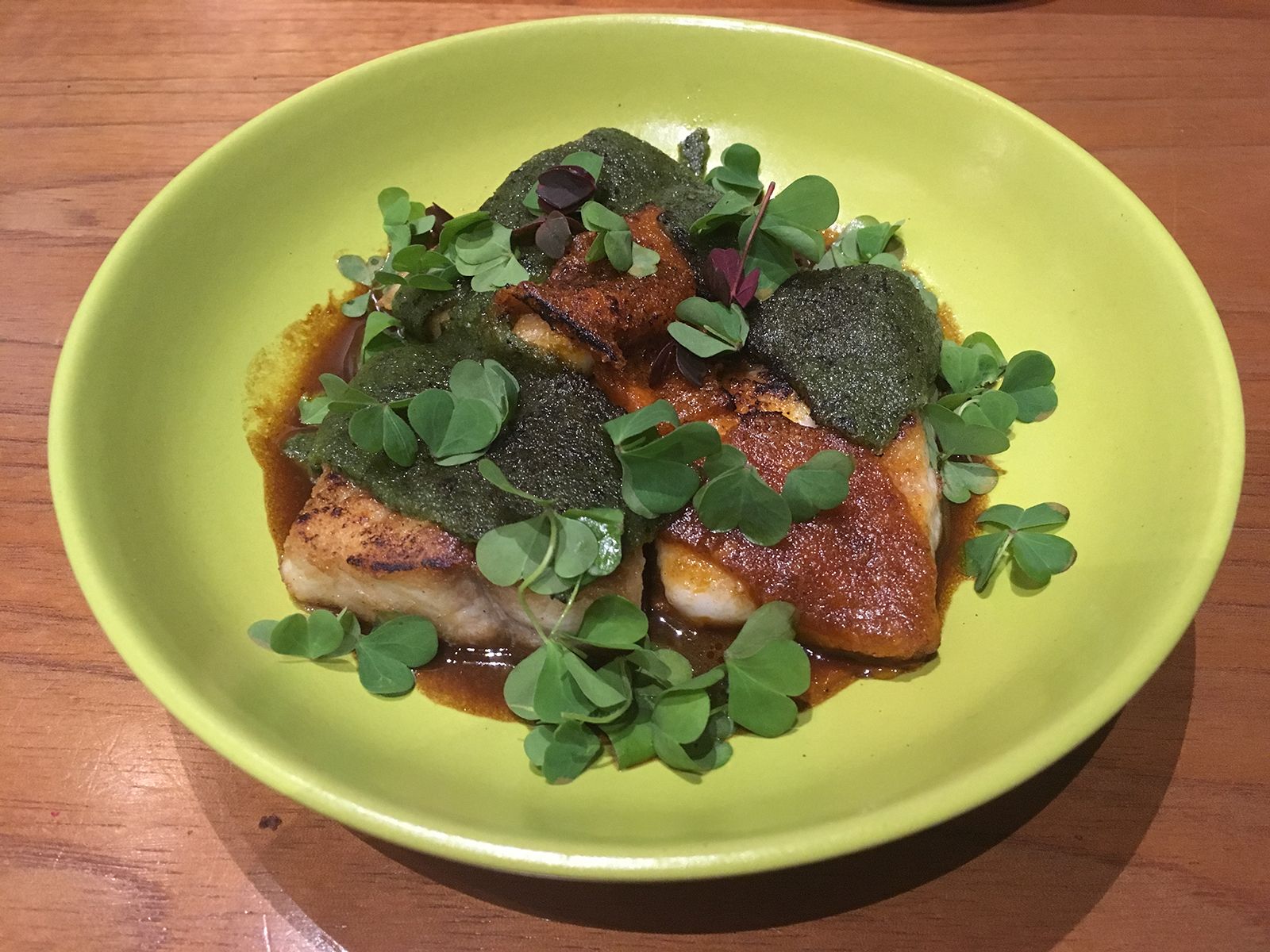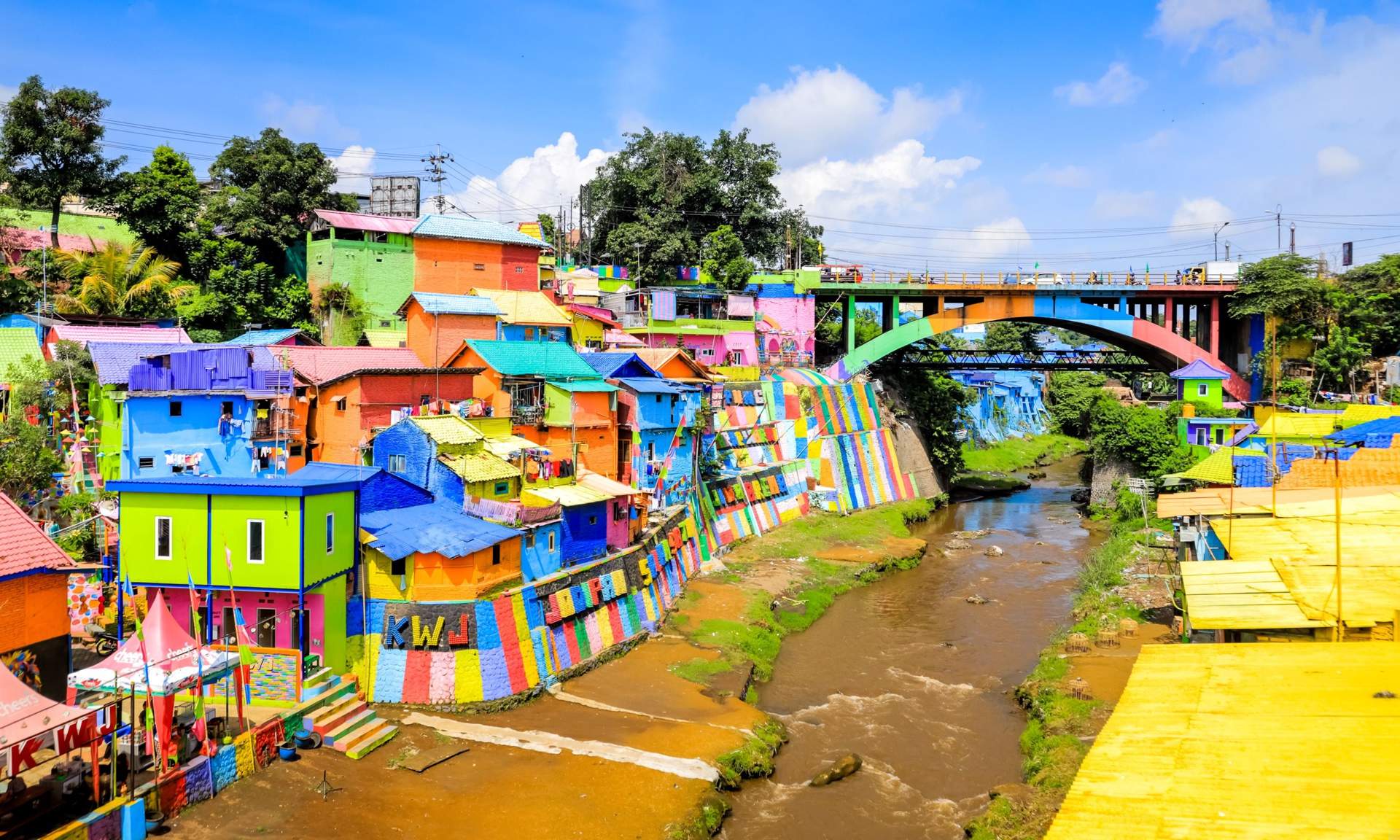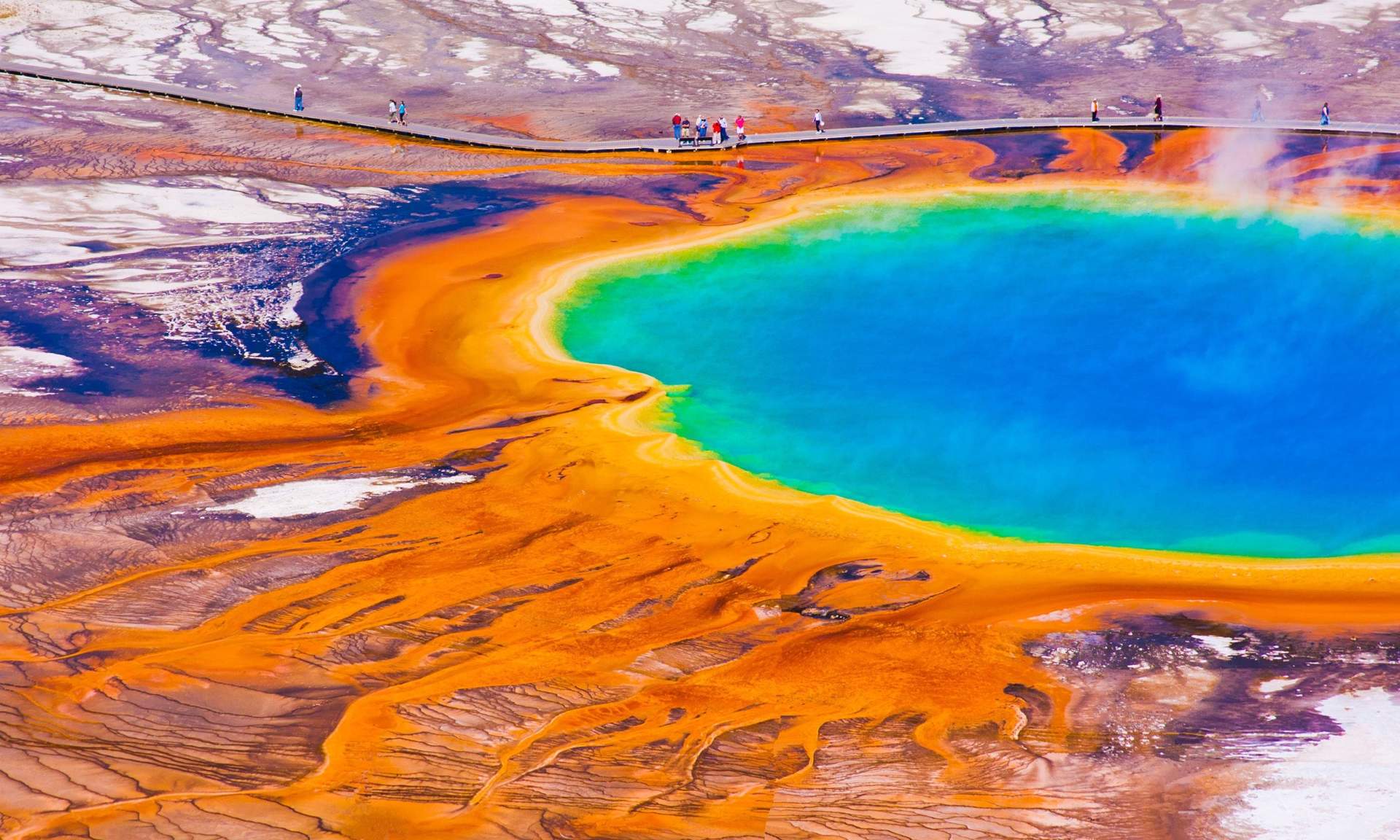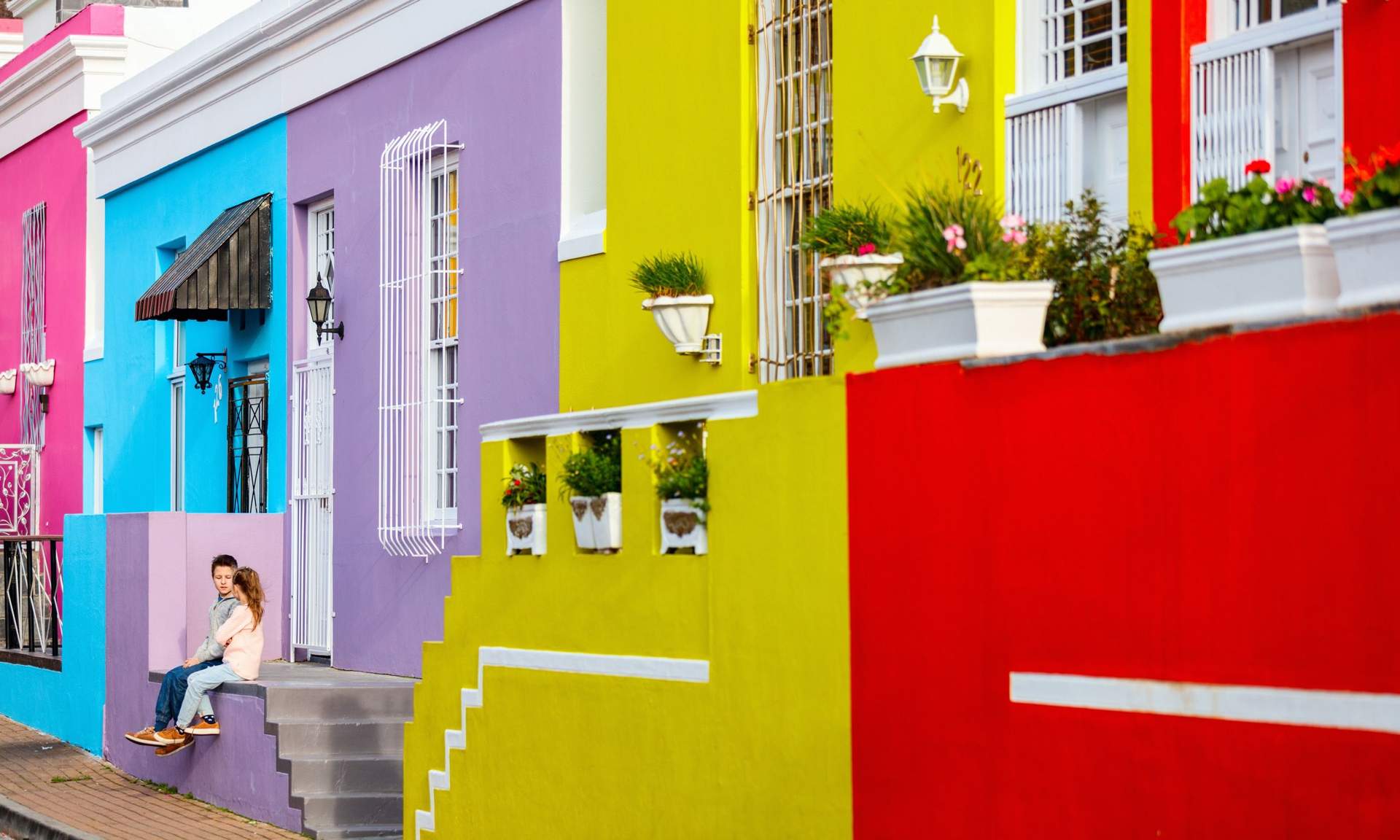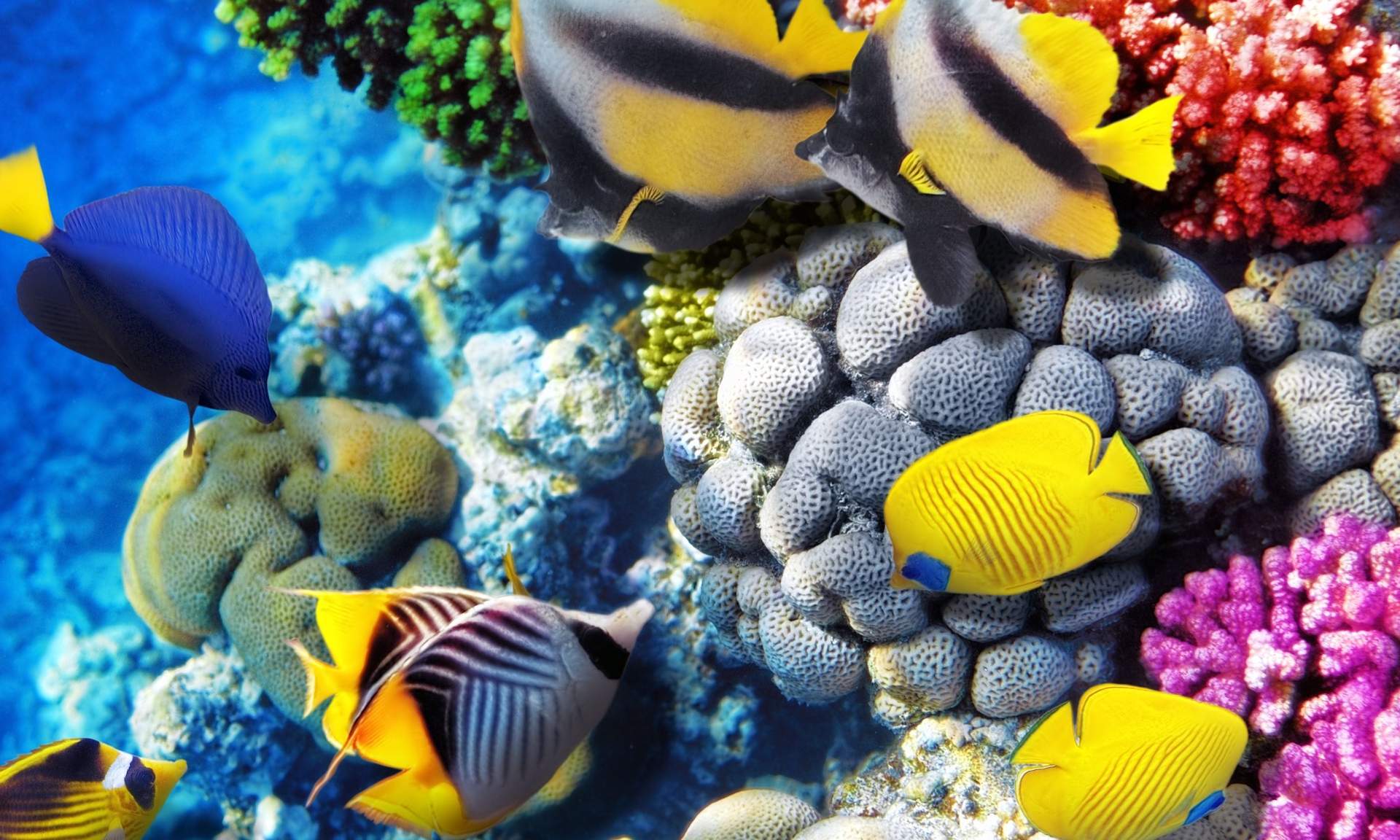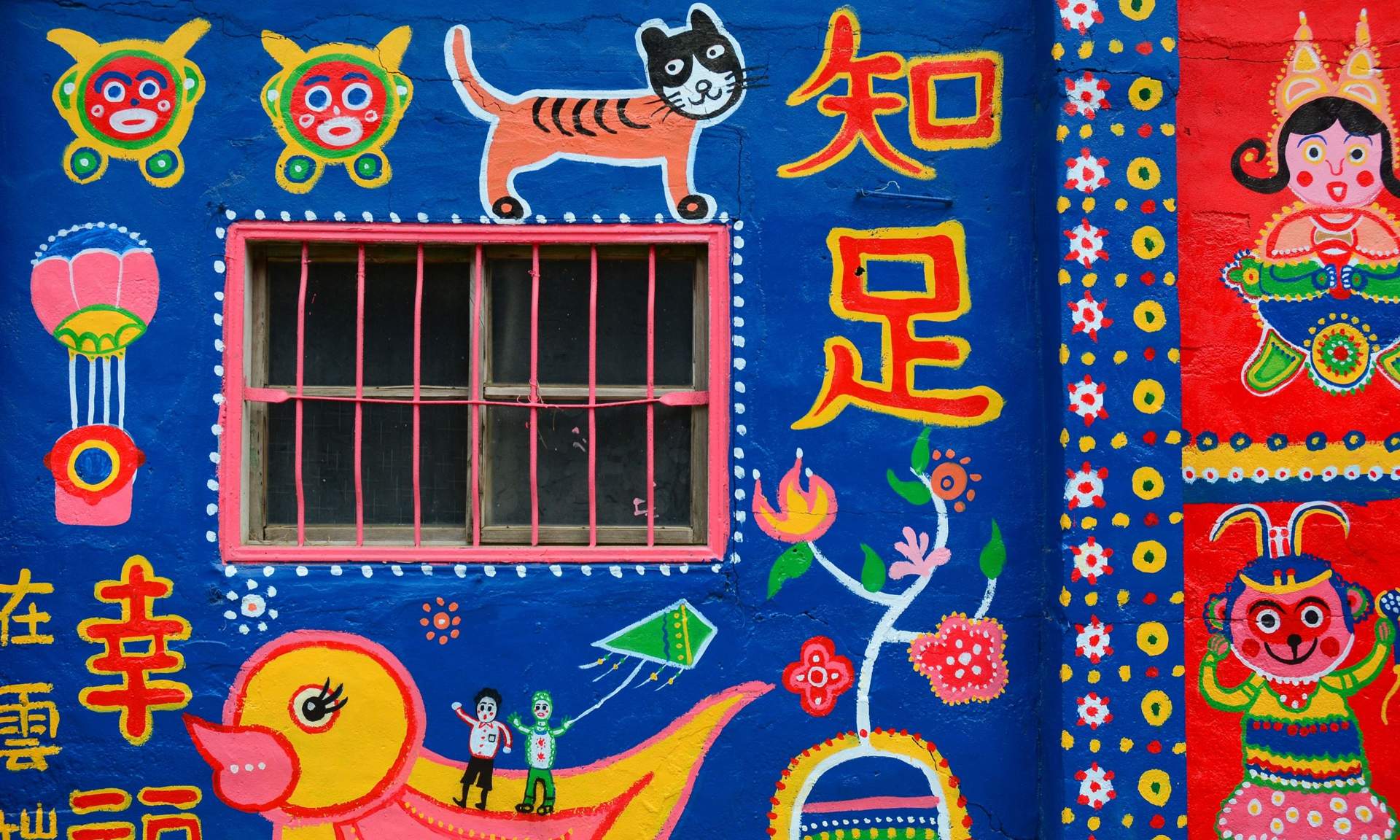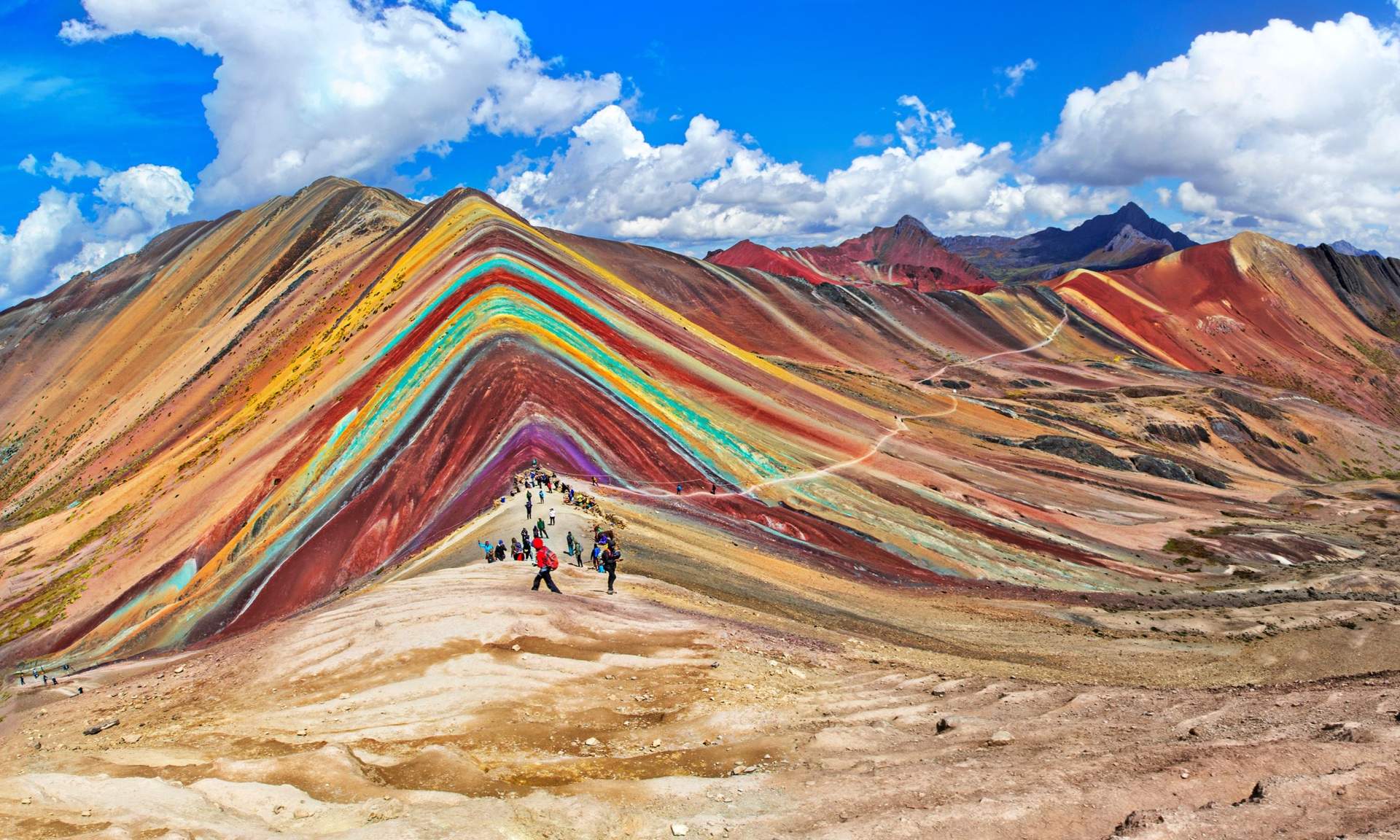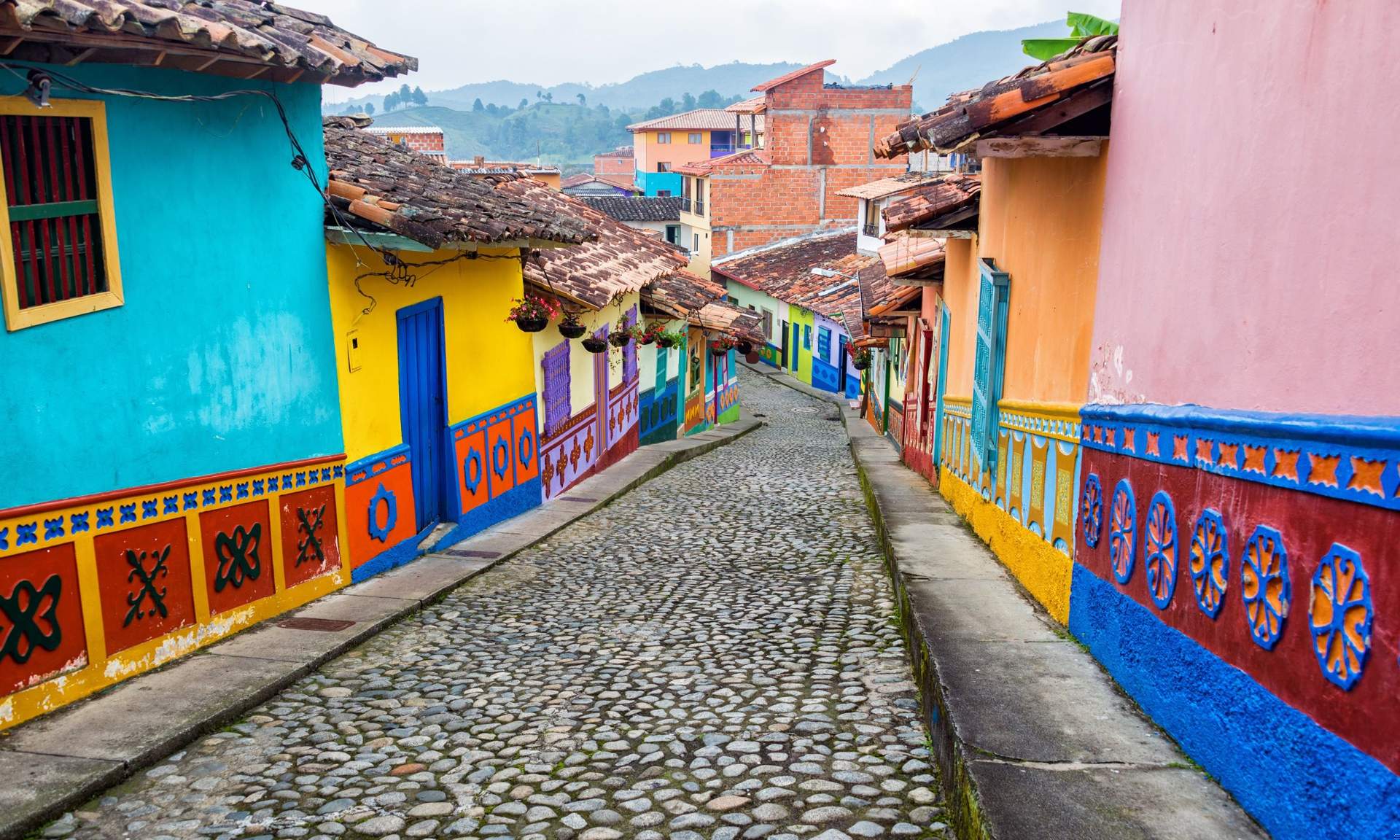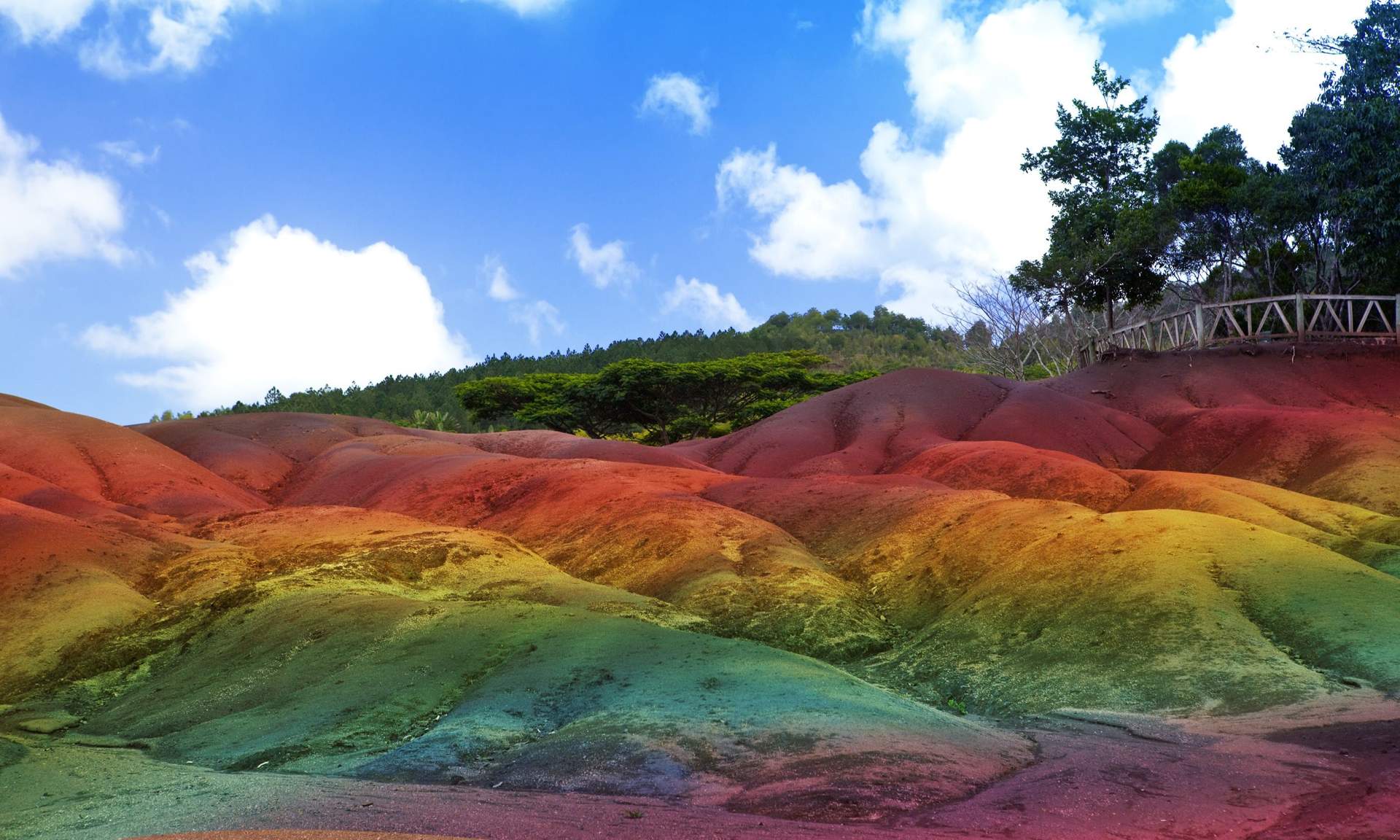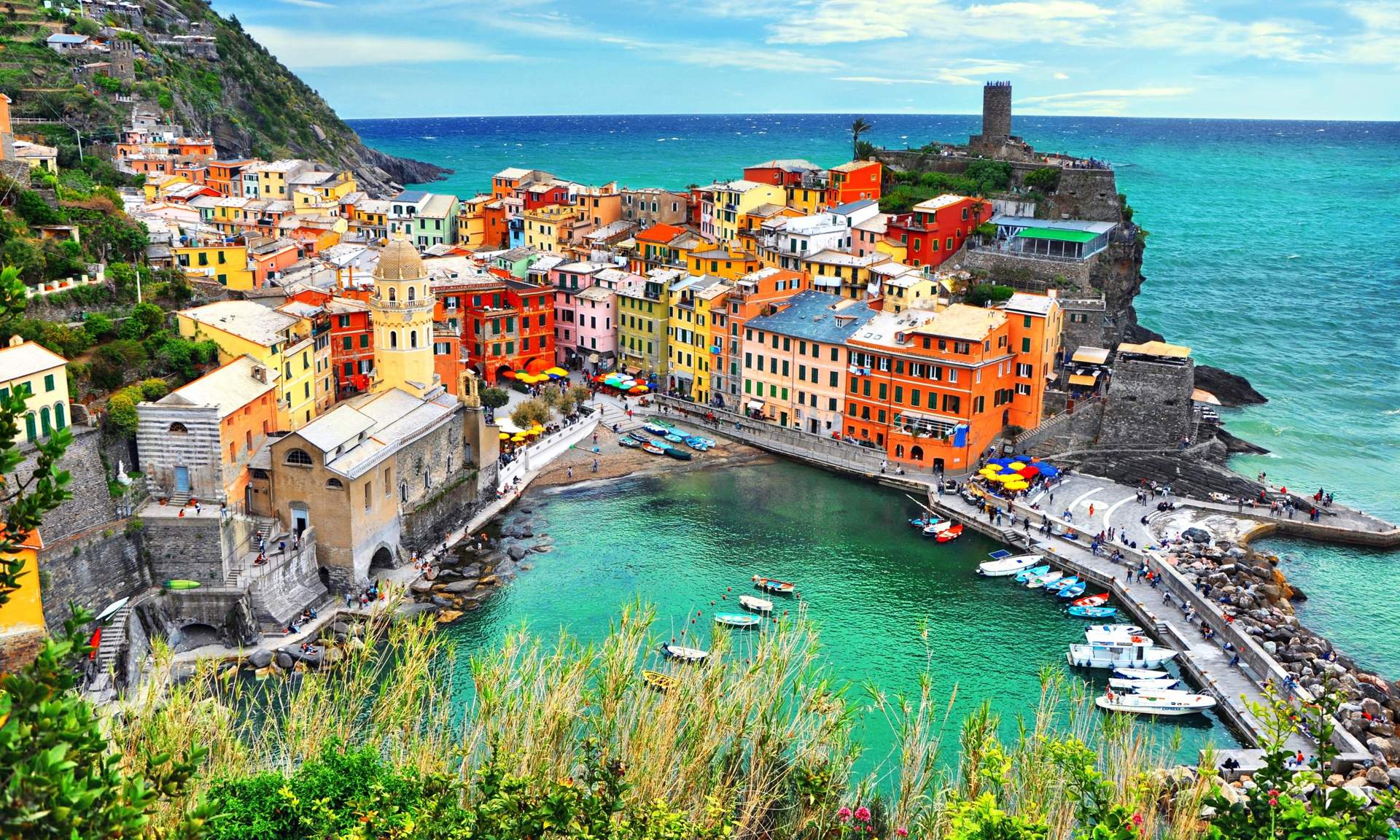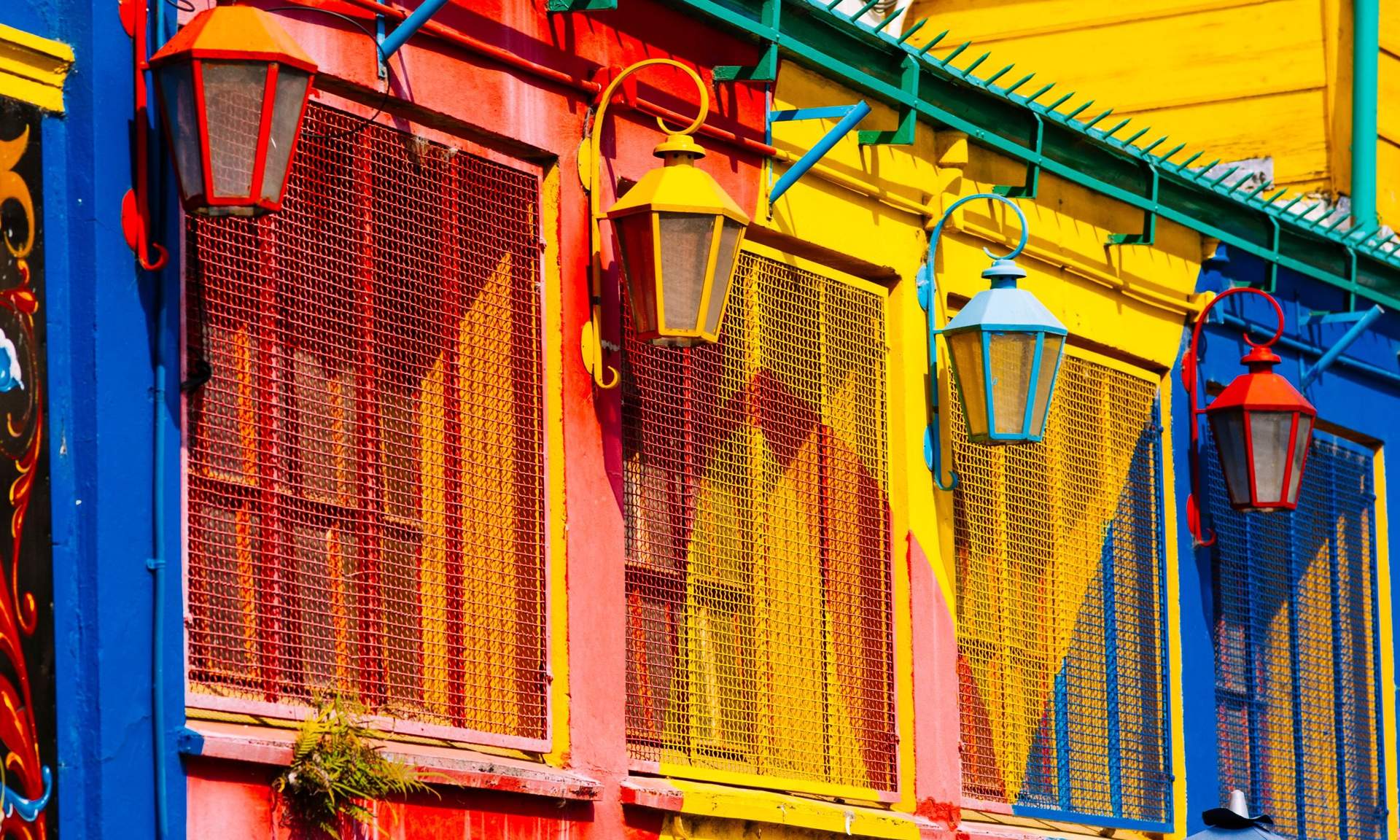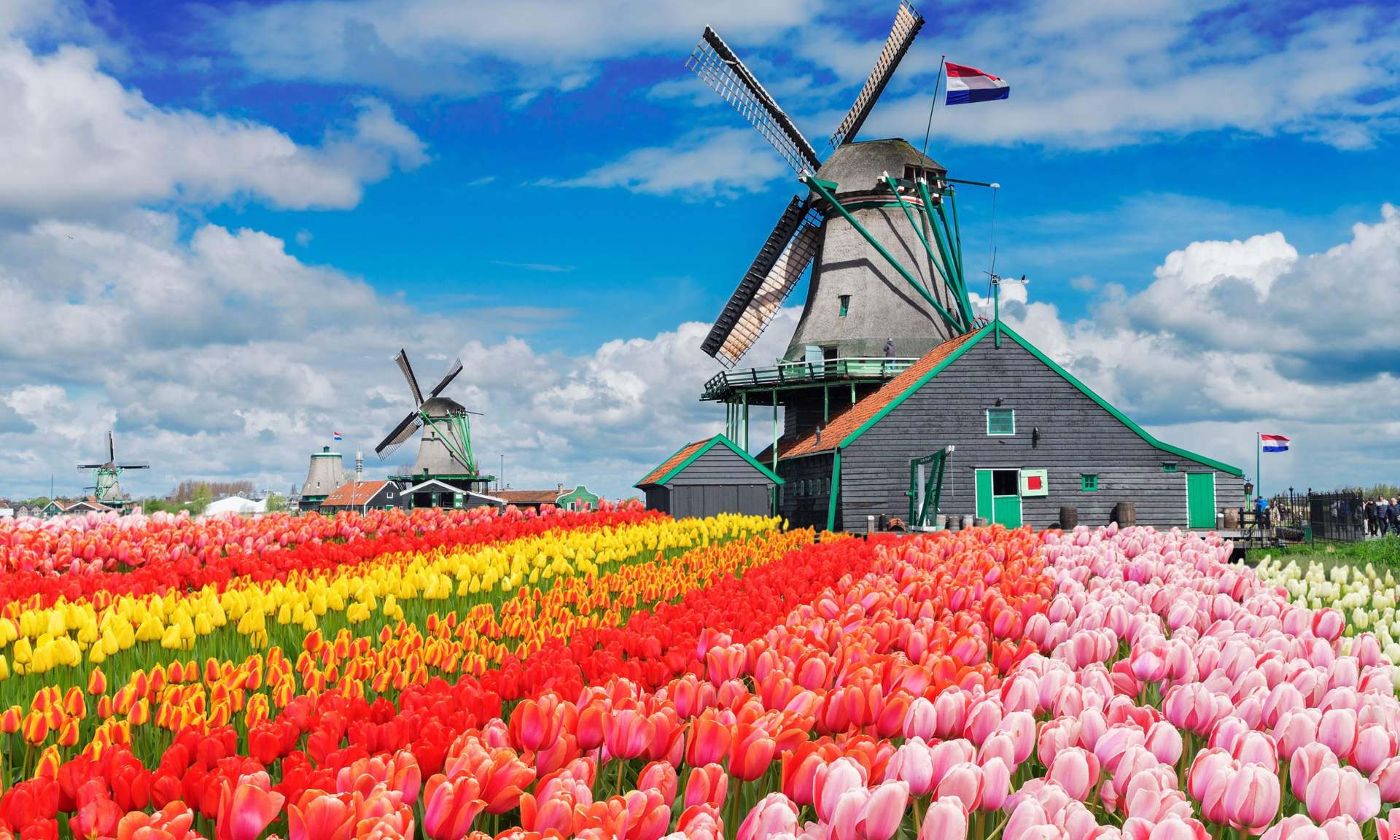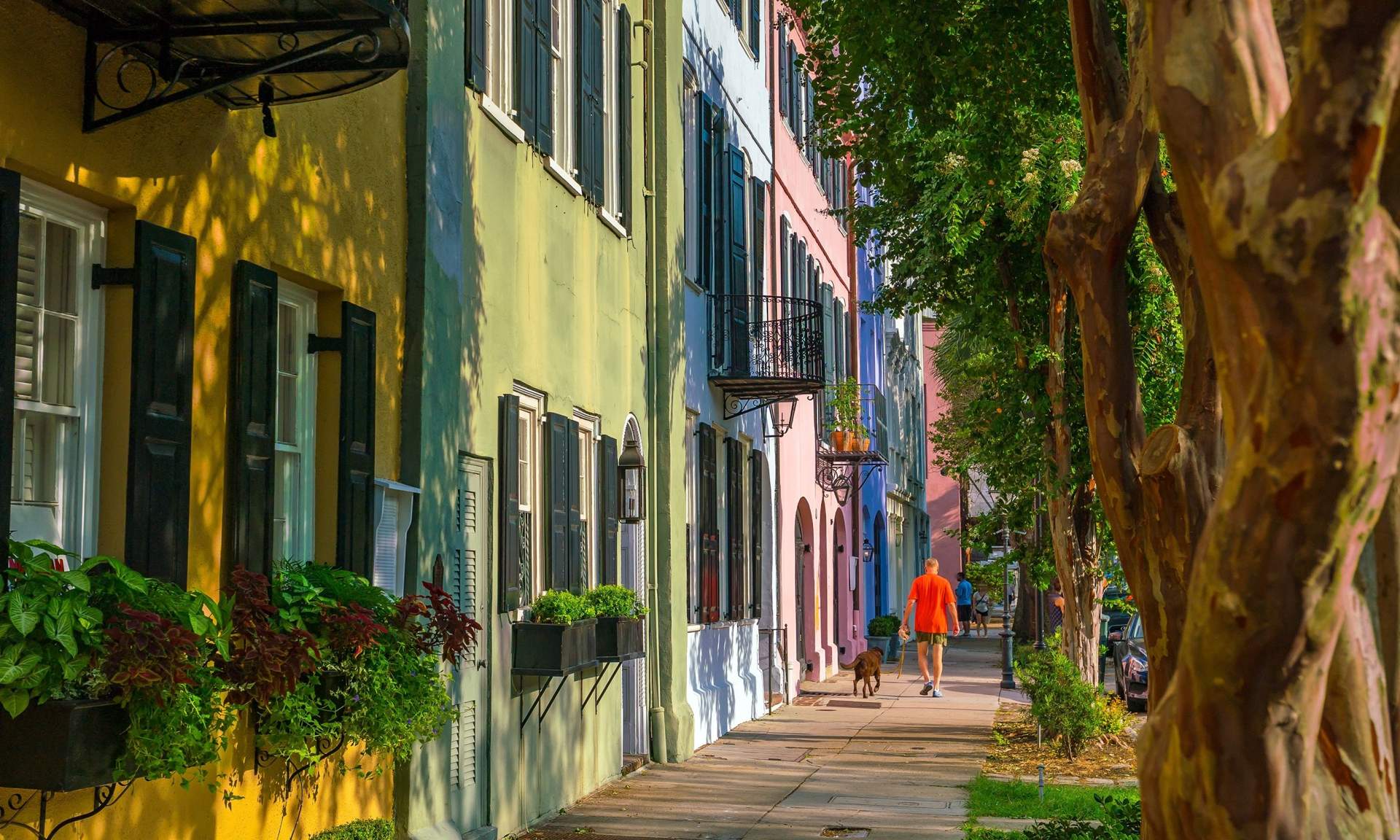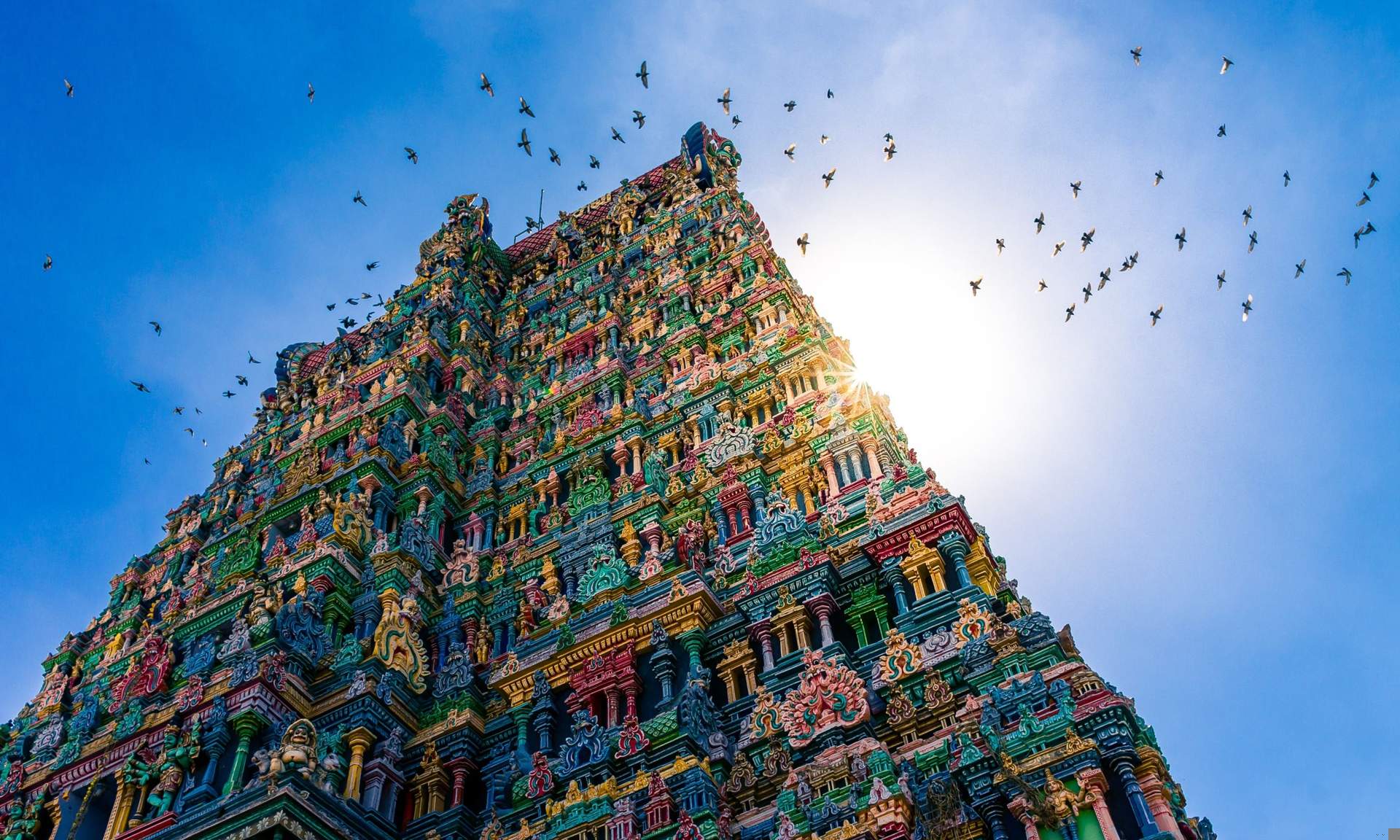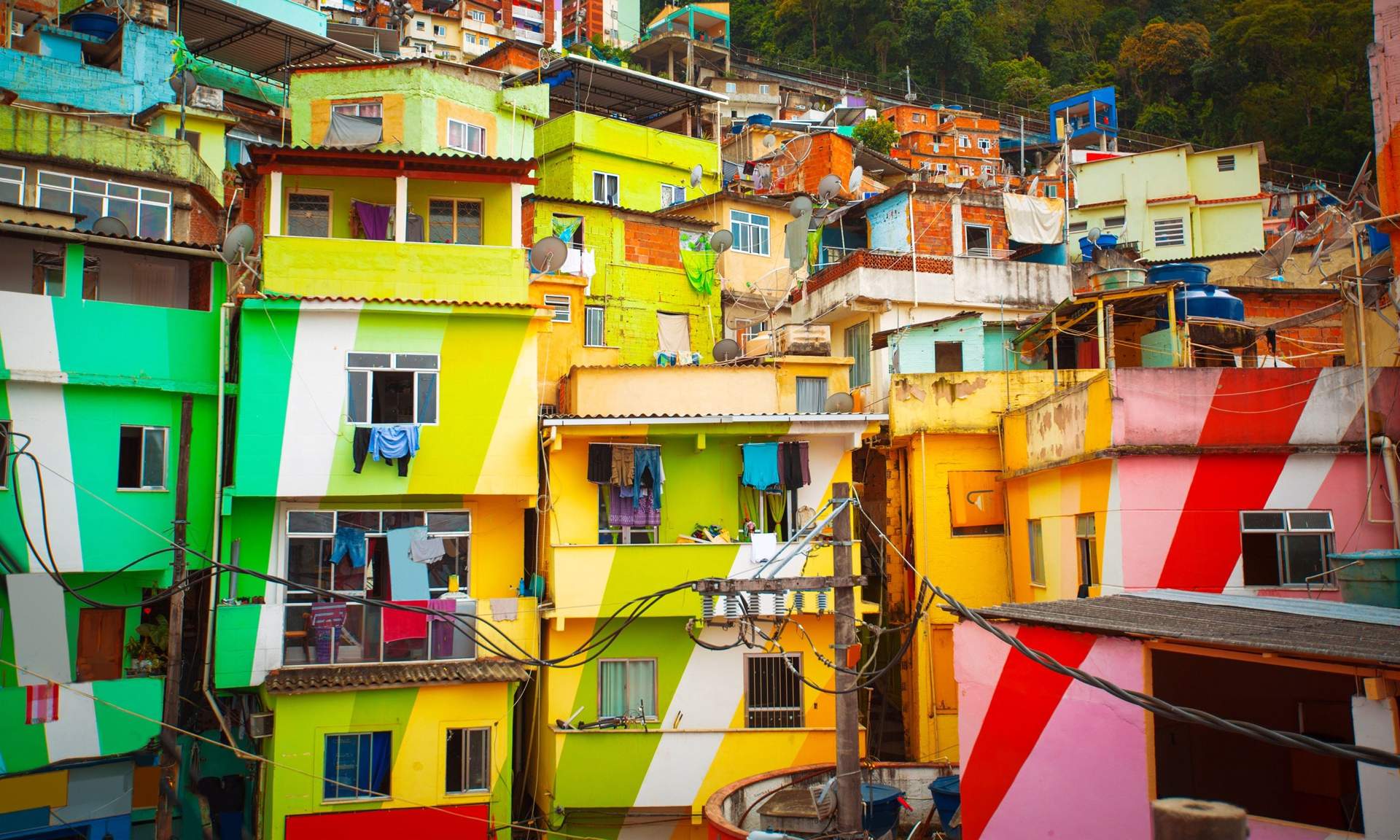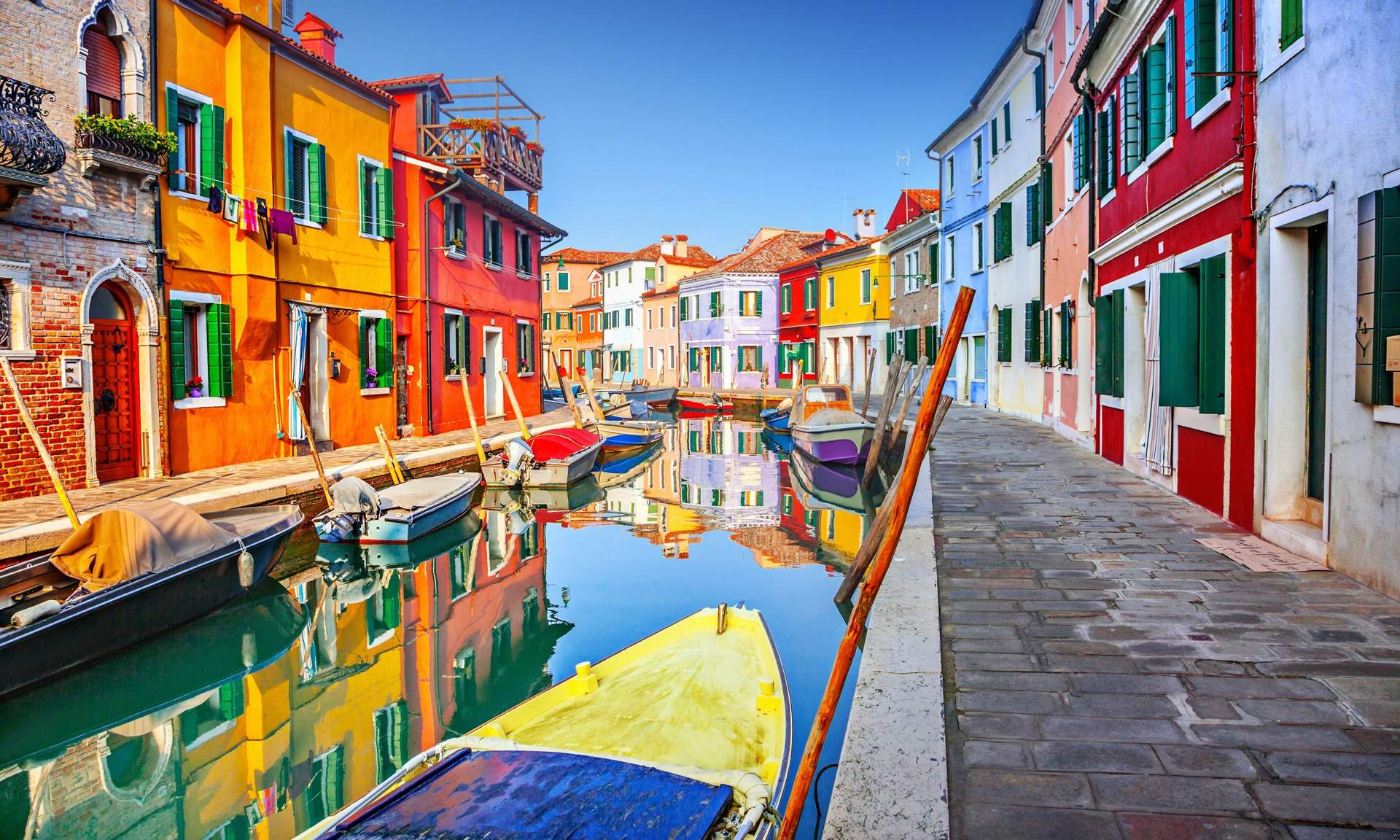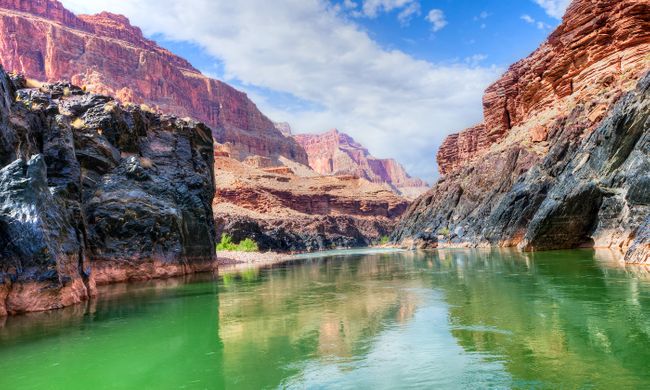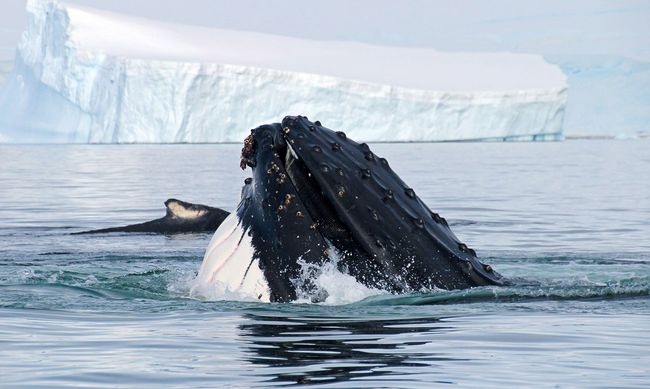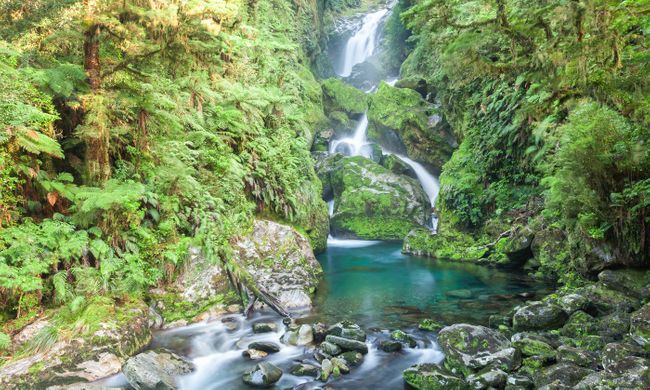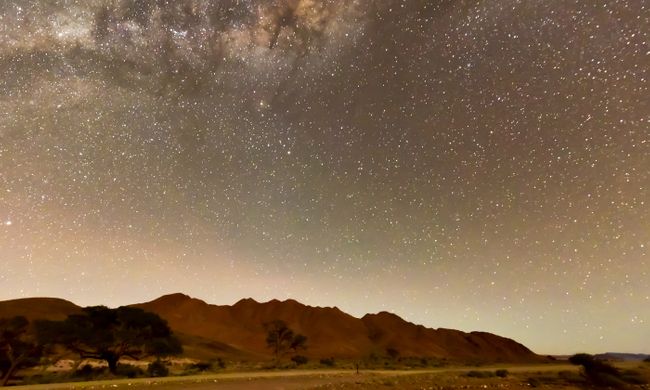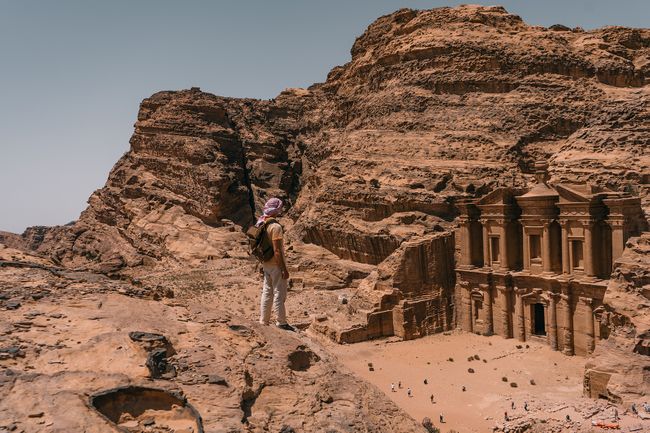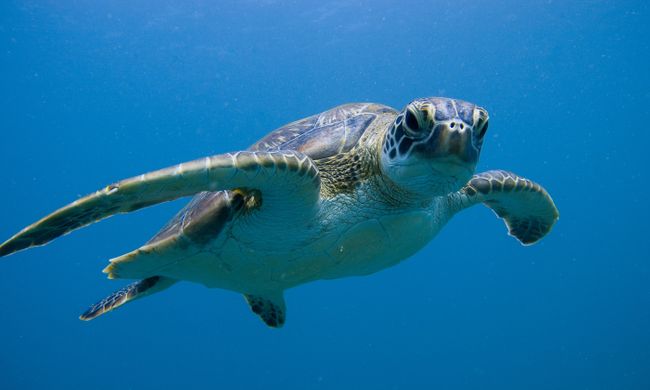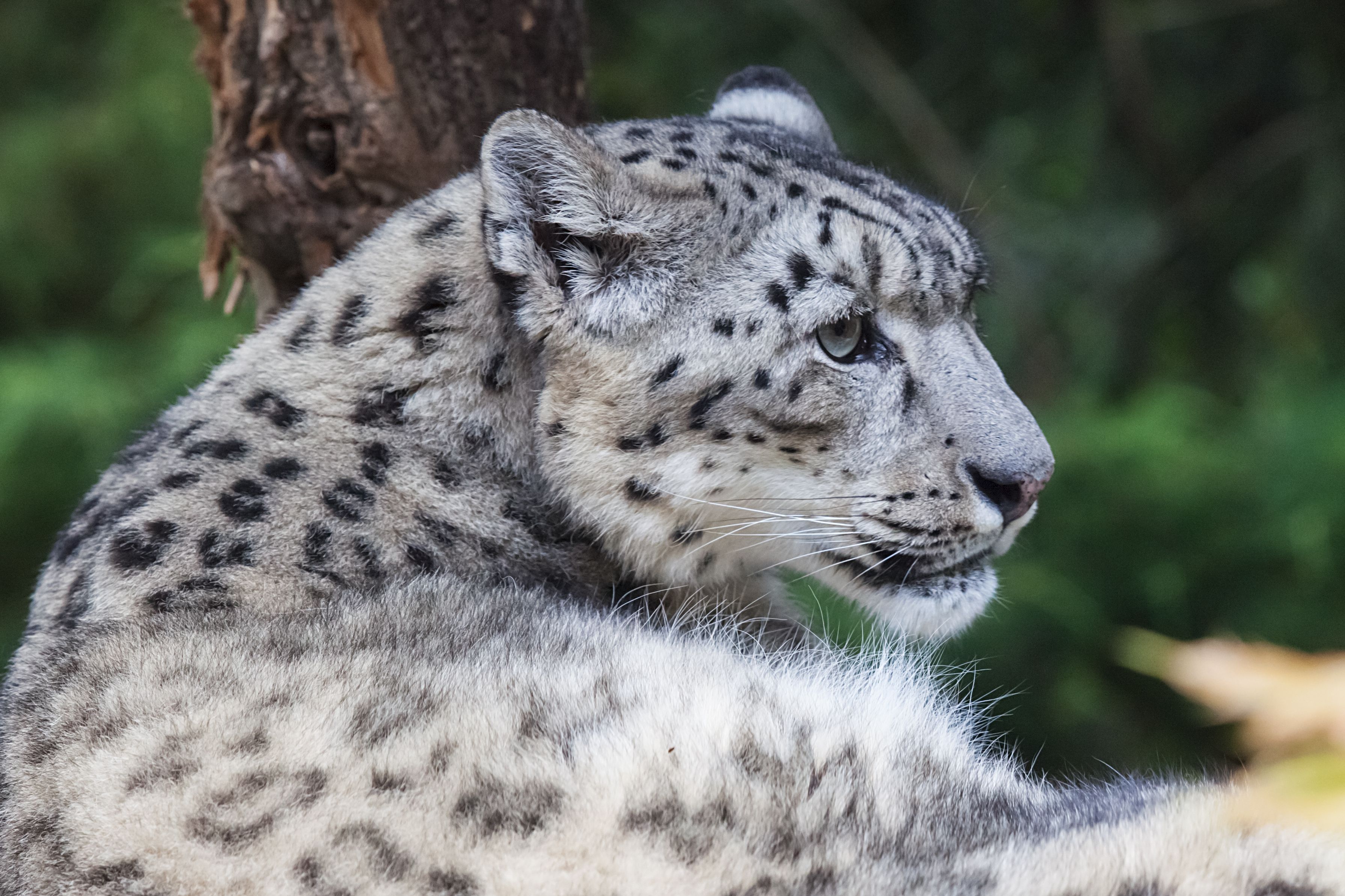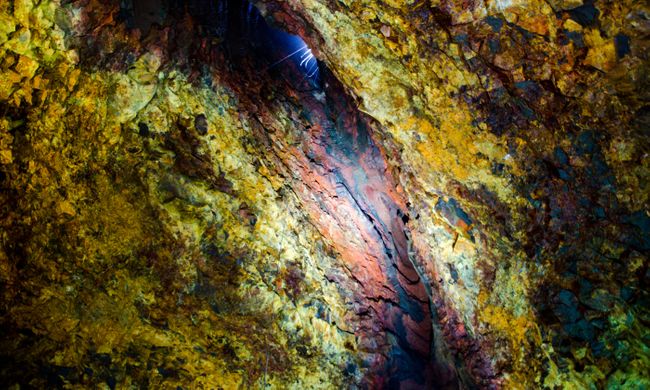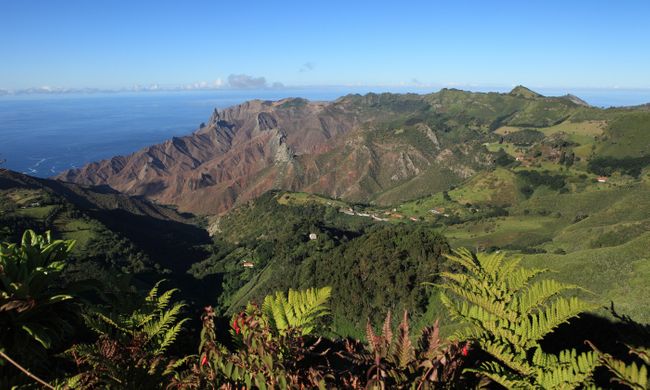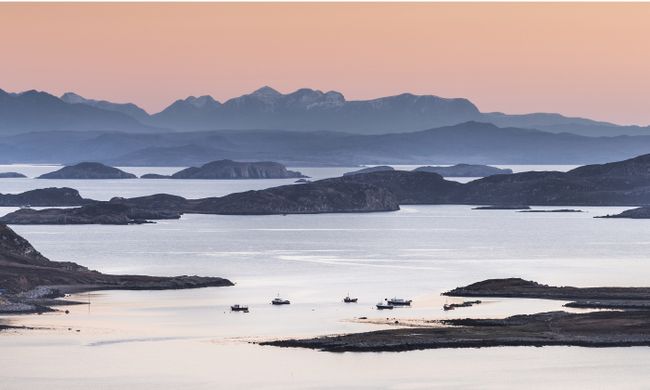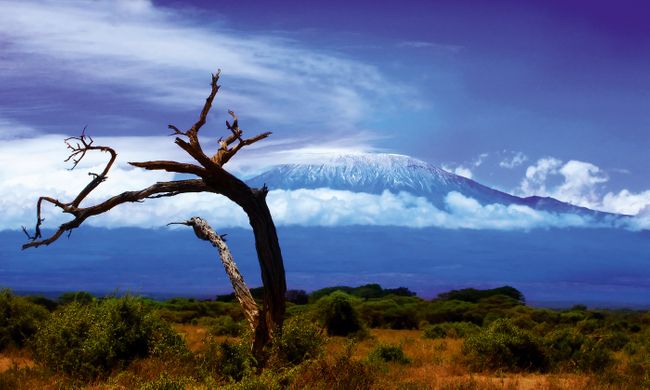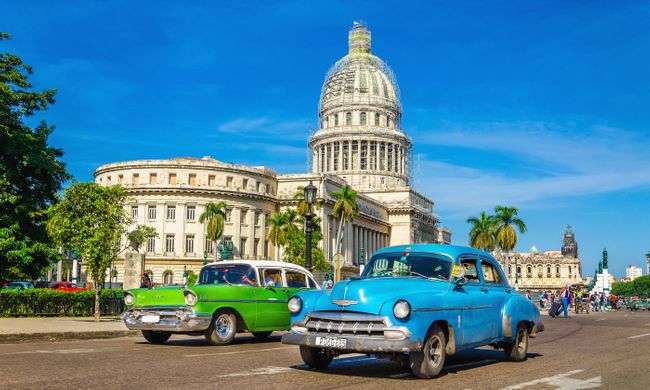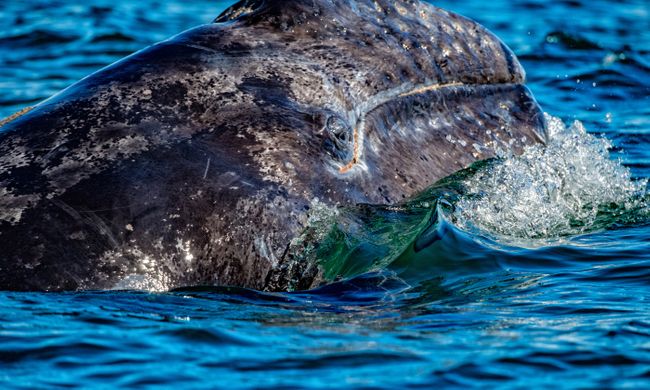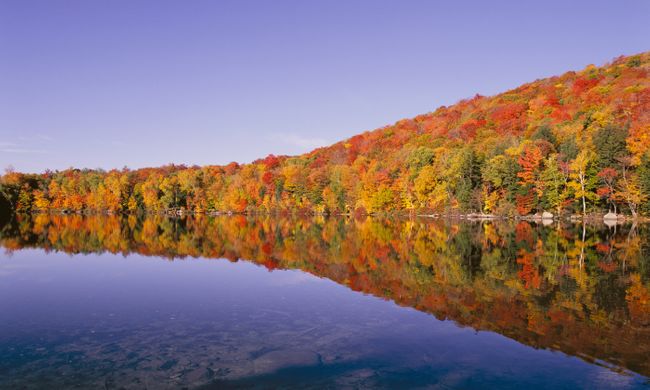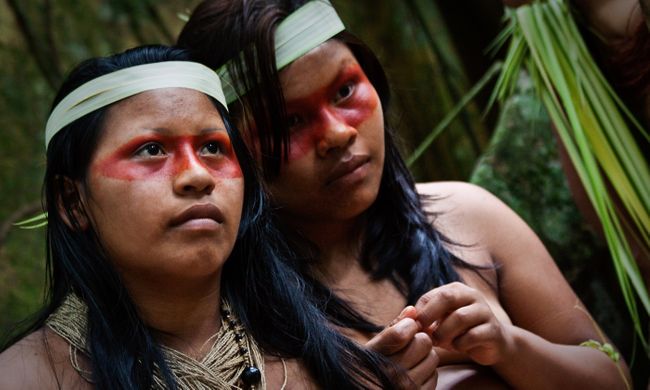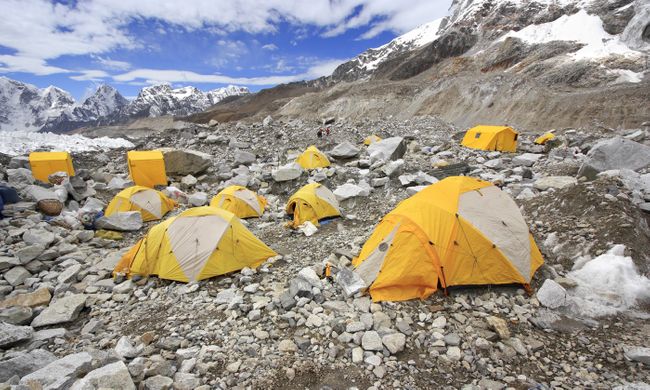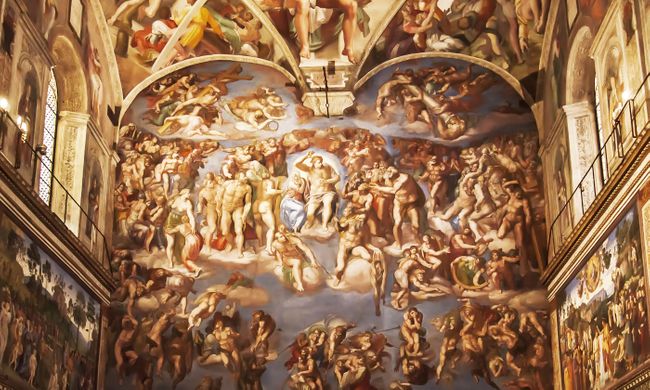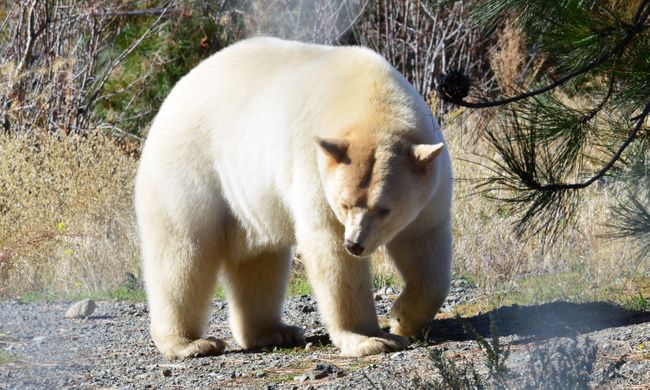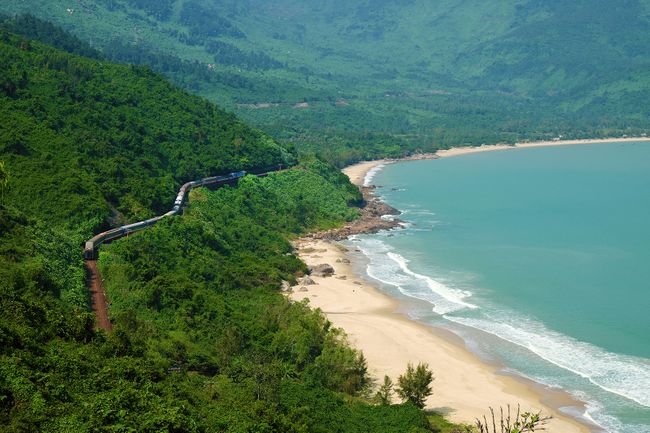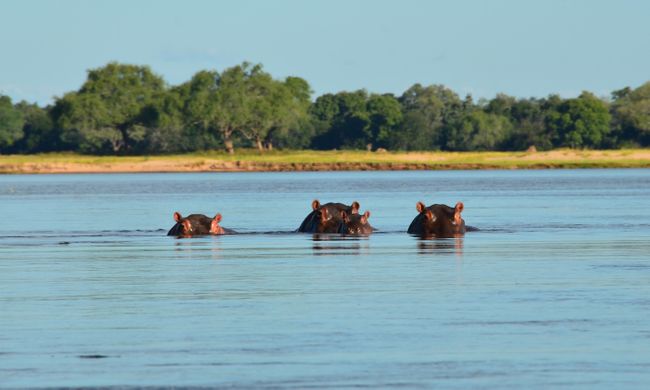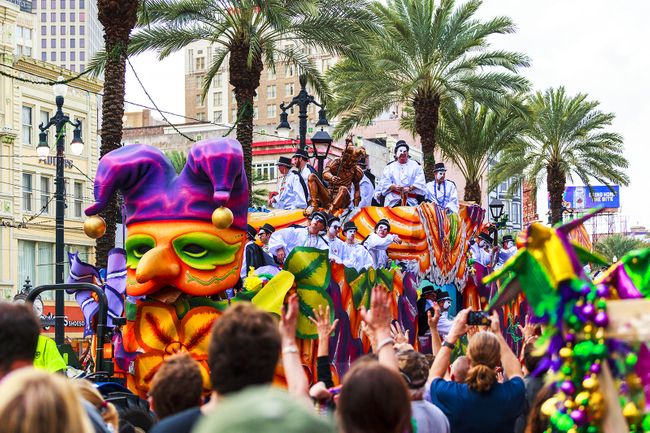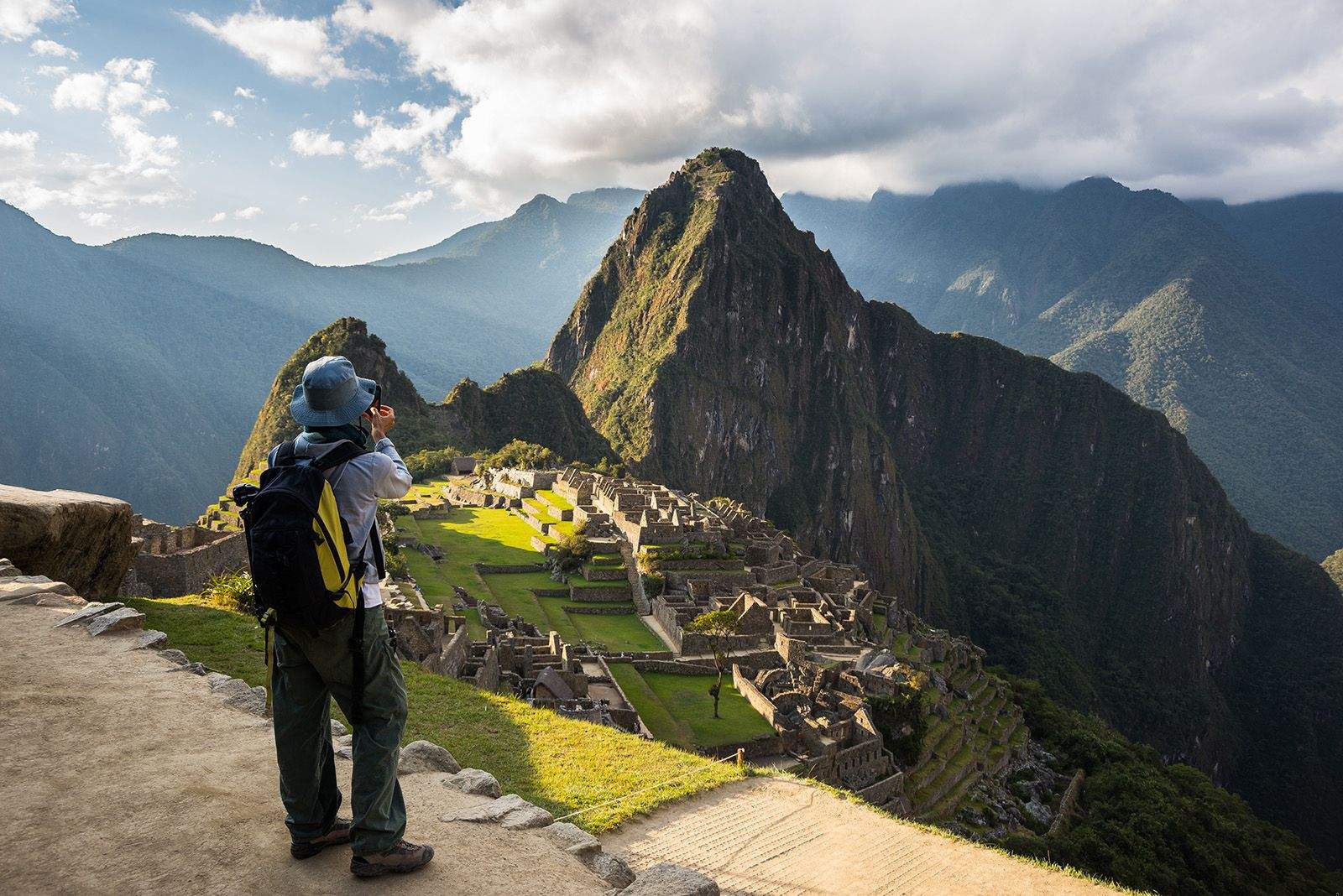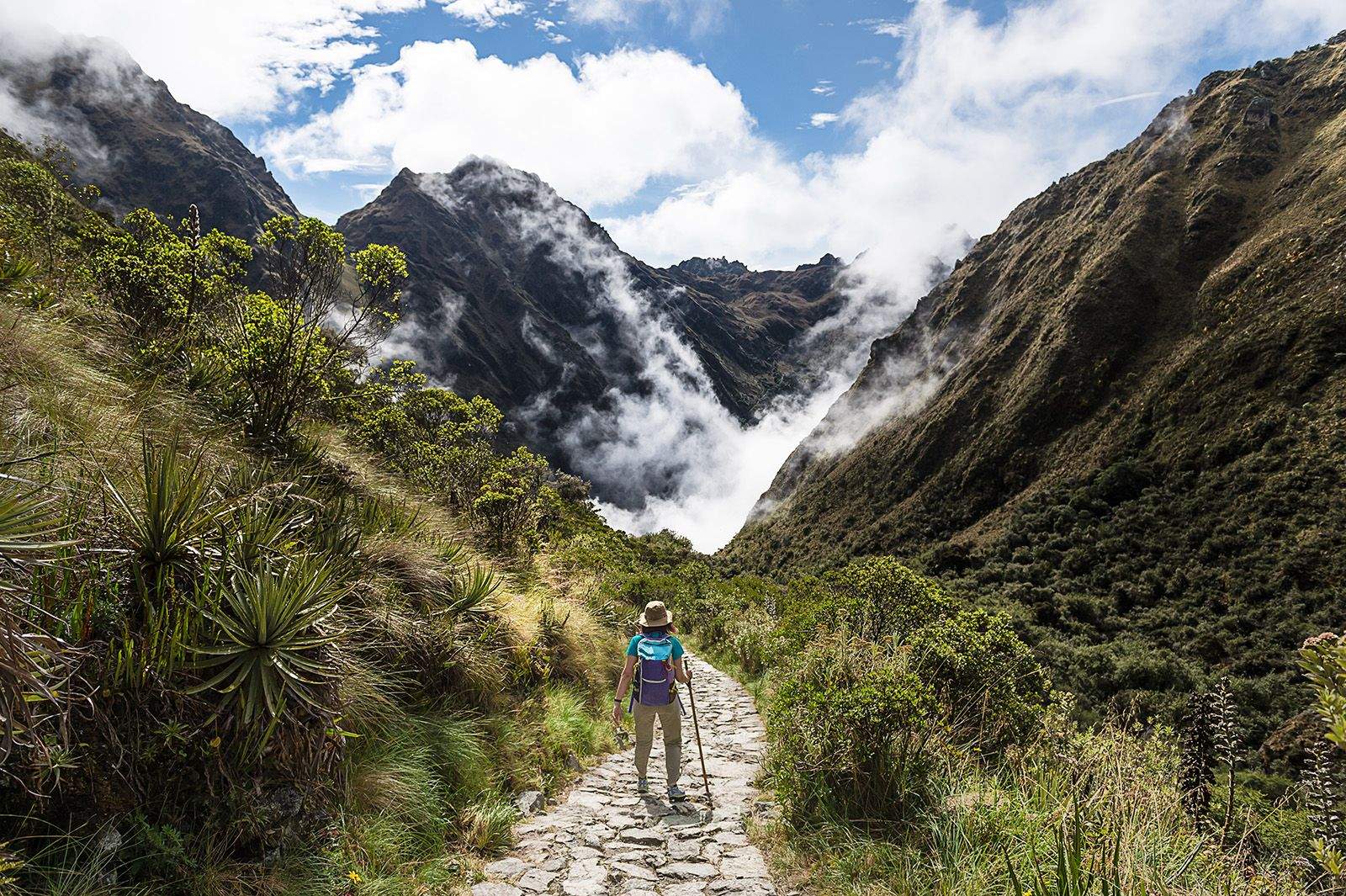At Wanderlust, we’re not the greatest fans of the term ‘bucket list’ when it comes to travel. It’s often associated with the world’s most popular, overcrowded attractions, as well as having a slightly morbid origin (does ‘kick the bucket’ spring to mind?). What we consider a ‘bucket list’ adventure are the rarest, toughest and dearest adventures. The ones that won’t be around forever. The real once-in-a-lifetime journeys.
Although a few iconic sites have crept into our selection, including the Grand Canyon and Kilimanjaro (after all, they’re famous for good reason), there are alternative ways to see these places to make your trip unique. But beyond these, there are many more magnificent, lesser-known destinations that offer some of the most breathtaking, heart-warming and hair-raising travel experiences you will ever have.
1. Raft the Grand Canyon Arizona, USA
The Colorado River running through the Grand Canyon (Dreamstime)
Why the Grand Canyon? To see the great gorge from a completely different – and rare – angle. Looking down on the squiggle of the Colorado River from a mile up on the rocky rim, it seems impossible that this river could have carved the gargantuan Grand Canyon.
Of course, it’s had about two billion years to do so, slowly slicing through the black-red-orange-purple strata to create one of the natural wonders of the world. And this is why seeing the canyon from water level is the best way to appreciate it – the experience offers a far more intimate encounter than peering in from the top, as well as a close up of all that glorious geology.
The official launch point for a full run is Lees Ferry, at the north-east of Grand Canyon National Park; the end is at Lake Mead, 443km further on. En route are side canyons, Puebloan sites, swimming holes and sandy beaches, not to mention plenty of wild water.
So, all good – it’s just getting authorisation to enter that’s the problem. There’s a ‘weighted lotteryʼ system, with a waiting list of several years, to secure a private rafting permit.
Fortunately, commercial tour-op trips – which range from one-day to three-week floats – are available, but even these need booking in advance if you want to guarantee your rendezvous with all this ancient rock.
How to tick it off your bucket list: The best time to raft the Colorado is May to October, so book your trip then. Overall, the river is graded a IV (intermediate), with many I to III rapids, plus some Vs.
Like that? Try this: Tackle the Rio Futaleufu, an absolute classic that cuts through the canyons and wilderness of Patagonia.
2. Visit Antarctica
Whale in the Weddell Sea, Antarctica (Dreamstime)
Why Antarctica? Antarctica is a land of grand voyages. Powerful, dangerous, but undeniably exciting. The chance to venture where so few others have visited is perhaps the very reason it tops so many wish lists.
To visit a place even less well known to travellers, embark on a cruise into the Weddell Sea to the east. The crashing icebergs, vast ice floes and often unpredictable and treacherous conditions will show you what real adventure looks and feels like.
Spot a variety of wildlife including impressive baleen whales just under the surface and colonies of penguins and seals clustered on the thick ice on top.
How to tick it off your list: Weddell Sea voyages are limited to just a few a year. If you want to go, you need to be organised and plan well in advance.
Like that, try this: Head north to the Arctic for a cruise down the little-seen seas of the North-East Passage. Expect walruses and polar bears.
3. Hike one of the Great Walks, New Zealand
Waterfall along the Milford Track (Dreamstime)
Why a Great Walk? There is plenty of variety in New Zealand’s Great Walks, especially with the arrival of new tracks in recent years. At the end of 2023 we expect to welcome the Hump Ridge Track, but in the meantime, there’s 10 others to choose from.
If you want to complete one of New Zealand’s best walks, the Milford Track is arguably the greatest of the lot. This four-day, 53.5km hike from Lake Te Anau to Milford Sound slices through the splendour of Fiordland National Park, taking in lakes, waterfalls, ice fields, forest and plenty of pioneer history, and tops out at the panoramic Mackinnon Pass (1,154m).
In the peak summer trekking months (November to April), it’s always oversubscribed; camping is not permitted and numbers are limited by the bunk-space available in the three DOC lodges en route. That is, unless you opt for an upgrade. Ultimate Hikes operates a series of private lodges (with both dorms and doubles) that enable hikers to tramp the track, with a guide, in a little more comfort.
For a historic journey without the crowds of Milford, try the Heaphy Track. Once walked by Māori tribes, the route traverses through thick forests and onto the wild West Coast. An hour from Westport, the Heaphy Track boasts the best of both New Zealand’s nature and history, with a chance to spot native plants, rocks and wildlife (if you’re lucky, perhaps even a kiwi).
How to tick off your list: Make sure you’re prepared fitness wise before the October to April hiking season commences, and whenever you go, prepare your packs for all weather conditions.
Like that? Try this: Hike Tasmania’s Overland Track in style with Cradle Mountain Huts.
4. Sleep under the stars in NamibRand, Namibia
The NamibRand under a night sky (Dreamstime)
Why the NamibRand? To experience some of the world’s best celestial sights. Sure, leave the big city and you can see stars almost anywhere. But the experience will be extra heavenly if you travel somewhere very dark, very clear and very remote.
Namibia’s vast NamibRand Nature Reserve is one of only a few gold-certified Dark Sky Reserves. Simply, it has some of the world’s best dark skies. There are no towns or settlements inside it, or even nearby – Namibia is one of the planet’s most sparsely populated countries. And the dry climate means cloudless skies are the norm.
By day, explore NamibRand’s ochre-hued wilderness of dunes, mountains and plains, looking for oryx and Hartmann’s zebra. Then, after a blazing sunset, it’s time to turn your eyes skyward.
How to tick it off your list: It may seem difficult to get to the desert, but the reserve is around 375km from Windhoek. So, you can always start from the capital, and find your way to the reserve.
Like that? Try this: Unroll a swag in Australia’s Red Centre for a snooze with uninterrupted night-sky views.
5. Trek to Petra, Jordan
Petra, Jordan (Shutterstock)
A Wanderlust favourite, Petra is one of the Middle East’s great wonders. This UNESCO-listed archaeological site is carved into pink sandstones cliffs, hidden within Jordan’s mountain and desert landscape.
Many visit the ‘Red Rose City’ from Amman via a three hour car journey, but we prefer a more adventurous approach. The Jordan Trail is a 640km-long route launched in 2015 that spans the entire country, taking around 40 days to complete the whole thing.
We’re not suggesting the entire route needs to be traversed, although it is a great way experience the best of Jordan. Instead, try the 3-5 day trek from Dana to Petra. Around 80km in length, this rewarding section enters the beautiful ‘Lost City’ from an old caravan route. The fantastic hike follows the beautiful valley of Feynan to the dramatic mountain scenery of Wadi Araba, over a mountain pass, before a final canyon and wide valley builds up to the dramatic ascent to Petra’s ancient monastery.
Along the way, you’ll find secret pools of water to take a dip, smell local herbs and flowers, see Jordan’s birds and animals, and experience the diversity of terrain that Jordan has to offer.
How to tick if off: Plenty of tour operators offer walking trips to Petra from Dana. Or go to the trail’s official website to learn more.
6. Swim with turtles in Ningaloo, Western Australia
A green turtle at Ningaloo Reef (Shutterstock)
Why Ningaloo Reef? To take a dip with endangered species. Western Oz’s Ningaloo Reef isn’t as big as the Great Barrier, on the opposite coast.
But it’s still attracts around 500 species of fish; best of all, in parts it lays only 100m offshore, making its underwater riches extremely accessible – the snorkelling is superb, too.
How to tick it off your list: Three of the world’s seven species of marine turtles nest on beaches and islands near Ningaloo between November and April: green (listed as endangered), hawksbill (critically endangered) and loggerhead (vulnerable).
However, turtles swim offshore year-round, their lumpen on-land movements transformed into a graceful ballet once they’re in the water. Good spots include Shark Bay, the Muiron Islands and Turtle Bay on Dirk Hartog Island.
Like that? Try this: Snorkel with endangered leatherback and hawksbill turtles in Barbados.
7. Spot a snow leopard in Ladakh, India
A snow leopard in India (Shutterstock)
Why Ladakh? Few have seen this endangered cat. There are thought to be just 4,000 to 6,500 snow leopards left in the wild. Coupled with the fact that these charismatic big cats tend to live in cold, inhospitable, rocky clifftops at altitudes above 3,000m, they’re not that easy to spot.
This makes a sighting very special, and most trips that venture into their domain – largely Tibet, the Himalaya and the ’Stans – make it clear that you’d be fortunate to see even a paw-print. However, in recent years Ladakh’s Hemis National Park has gained a reputation as the world’s snow leopard capital, with hundreds of leopards, and as time passes, local guides gain an ever better understanding of their habits.
There are still no guarantees, but in Hemis’s Husing, Tarbuns and Rumbak Valleys, sightings are relatively common; Husing is on a well-known snow leopard corridor. Visit in winter, when the snow brings the cats to lower ground and, with the help of local knowledge, trained trackers and spotting scopes, you might be in luck.
How to tick it off your list: Flights connect Delhi to regional hub Leh, which is 40km from Hemis NP. There are six villages in the park; accommodation is in homestays or camping.
Like that, try this: Track giant pandas in China’s Foping Nature Reserve, for the frisson of seeing the poster child of conservation in the wild.
8. Descend into a volcano, Iceland
Thrihnukagigur magma chamber (Shutterstock)
Why Iceland? For a unique descent into the Earth’s belly. To inject some Jules Verne adventure into your bucket list you need to head to Iceland. It’s a strange, singular place; a newborn babe in geological terms, you can virtually see it being formed before your eyes – the land groans, hisses and spews.
This makes delving beneath the surface quite exciting indeed, though something that’s been easy to achieve since 2012, when commercial tours began plunging into Thrihnukagigur volcano.
Clipped on to what’s essentially a window-cleaner’s lift, you’re slowly lowered 120m into another world – a magma chamber uniquely drained of its magma. Lights reveal a cavern of many colours – bruise purples, sulphur yellows, blood reds.
Water drip-drips from above, while breaking into song demonstrates the excellent acoustics. It is wonderful, and very weird. Thrihnukagigur is dormant, last erupting over 4,000 years ago. There’s no sign that it’s about to spring into life, but tours are only announced on a year-by-year basis because, well, you never know…
How to tick it off your list: Tours run May to October, so book your trip accordingly.
Like that, try this: Hike up Mount Etna, to stand on one of the most active volcanos in the world.
9. Visit St Helena, South Atlantic
Why St Helena? Even though the Royal Mail Ship departed on its last trip to St Helena last year, it’s still not too late to visit this far-flung isle. With an airport now on the island, it is now arguably easier than ever to visit.
The South Atlantic speck is a crumple of glorious geomorphology – small, but riven with deep gullies, gulches and volcanic after-effects, and swept with semi-tropical lushness.
The waters are brim-full of dolphins; the skies wheel with myriad birds. Make the most of the large congregation of whale sharks by snorkelling alongside these gentle giants from January to March.
But it’s the human story that is most fascinating – less than 5,000 people live on this lonely isle, in settlements little changed since Georgian times. Explore it all by foot by walking some of the Post Box walks, which vary in difficulty but all offer views of the most scenic and untouched parts of the island. You will get a log book and a stamp at the end to prove you’ve completed them. Or go on a historic ramble to get to know Napoleon’s influence on the isle.
How to tick it off your list: Plan your trip’s dates based on your biggest interests – here’s what to do when in St Helena. Do your research before you book, too – as the isle’s Post Box walks vary in difficulty, and even the easier ones can be tricky.
Like that, try this: Sail to Russia’s Wrangel Island (aka polar bear heaven). It’s only accessible July to Aug by very few specialist cruise ships.
10. Seek out private islands in Scotland
The Summer Isles, Scotland (Dreamstime)
Why? Who doesn’t fancy an island to themselves? Sadly, most of us don’t have a Branson-sized budget – but that doesn’t mean you can’t claim your own patch of sea-lapped solitude.
Thanks to the fact that Scotland has almost 800 islands, as well as a favourable attitude to wild camping, it’s possible to tick this must-do off the list without spending a penny. Tiny Tanera Beag, the second-largest of the 20-odd north-western Summer Isles, has never been inhabited – though you might be joined by a few sheep, occasionally brought here to graze.
You can sea kayak from the mainland, over Badentarbet Bay and around larger (inhabited) Tanera Mor to reach Tanera Beag. Once you’ve hauled ashore, look out for seals in the lagoon by Eilean Flada Mor, climb to the island’s 83m high-point for views over the nearby rock stacks and skerries, and pitch your tent amid the heather to feel like a laird for the night.
How to tick it off your list: Achiltibuie, on the coast of Wester Ross & Sutherland, is the best access point. Tanera Mor is 3km offshore; Tanera Beag is just beyond. Plan to visit in spring, summer or autumn.
Like that, try this: Canoe to little Algonquin Island, on Ontario’s Kawawaymog Lake, to stay in a Canadian log cabin, away from the world.
11. Climb Kilimanjaro, Tanzania
Kilimanjaro, Tanzania (Dreamstime)
Why Kilimanjaro? It’s travel’s greatest trekking summit – and it could well be losing its snows. Tanzania’s Mount Kilimanjaro deserves to be on every travel bucket list.
No other mountain manages to combine such a wealth of wow-factors to tick all those boxes: it’s an aesthetically awesome monolith poking out of the African plains; it’s a tough but achievable challenge; at 5,895m, it’s the roof of a continent; it’s a climatological oddity, proving snow can sit virtually on the equator. Tick, tick, tick, tick.
But just to add an extra bit of tock to all those ticks, doom-sayers predict that those snows might be gone in just a few decades – all the more reason to tackle Kili quick.
There are several routes to choose from. Many opt for the Marangu Route due to its steady slopes, however it has a fairly low success rate as the quick five-day ascent does not allow many to acclimatise sufficiently. The Machame Route is more difficult but a much higher success rate.
How to tick it off your list: Kilimanjaro cannot be climbed independently. Choose a longer trip to allow more time for acclimatisation and increase your chances of success.
Like that, try this: For extra kudos, try climbing Argentina’s Aconcagua, a tougher, higher, non-technical challenge.
12. Tour Havana in a classic car, Cuba
Classic cars in Havana, Cuba (Dreamstime)
Why classic Havana? Hop in an iconic vintage motor before they get scrapped. It’s all change in Cuba. A gentle thaw in relations with their big neighbours to the north means that some travel to the island has become (slightly) easier for American citizens and some trade restrictions have been lifted. 2019 marked the 500th anniversary of the founding of Havana, so there’s never been a better time to visit.
For now, Cuba remains quite unique, with an intoxicating je ne sais quoi that’s strong of culture and loose of hips. Perhaps the most iconic Cuba image, though, is of a classic 1950s car bumping down a Havana backstreet.
While you can, take a tour in vintage motor, listening to its retro roar as you glide by the capital’s crumbly grandeur.
How to tick it off your list: You can’t self-drive a classic car, but several companies offer tours with driver/guides.
Like that, try this: Up the ante: join a Rickshaw Rally, to negotiate India at the wheel of a tuk-tuk.
13. See an eclipse in Argentina, Antarctica or Australia
A total eclipse (Dreamstime)
Why the eclipse? To be in the best place when the world goes weird. Total eclipses – when the moon blocks out the sun, basking the earth in an eerie glow – happen roughly every 18 months. But you need to be in the right place, ideally somewhere in the path of the solar maximum, to fully appreciate the effect, and you’d have to wait an average of 375 years to see two total eclipses from the same spot.
Sometimes being in the path of an eclipse is simple. On 21 August 2017, the total eclipse swung right across the middle of the USA, visible in states such as Wyoming, Nebraska and South Carolina; its point of greatest eclipse just north-west of Hopkinsville, Kentucky, where totality lasted for over two minutes.
Sometimes, though, it’s a bit trickier – the eclipse in March 2015 was best viewed in the snowy wilderness of Svalbard. Part of the battle is securing a place on a good, expert-led eclipse-watching trip: these specialist departures can fill up well in advance.
How to tick it off your list: The next total solar eclipse is due on 8 April 2023, visible in Australia, and there’s even the chance to see it by air. Cloud cover will affect the quality of eclipse-viewing; if possible, check forecasts and head for clearer skies. The NASA Eclipse site is a mine of information.
Like that, try this: There are plenty of once-in-a-lifetime wonders to witness in Antarctica. Discover some of the best here.
14. Cuddle a whale in Baja California, Mexico
A grey whale calf in Baja (Dreamstime)
Why Baja California? Closer encounters with massive mammals. You can see whales in lots of places, but there are few spots where you can actually give one a hug. From December to April grey whales gather in Baja California’s San Ignacio Lagoon to mate, calve, nurture their young and – so it seems – have a jolly old time with the weird human creatures that sail out to see them.
Despite having been hunted to near extinction, these greys bear no grudge; indeed, they bump into boats and surface within touching distance, inviting pats and strokes. However, there’s only a short window of opportunity to see the greys here each year, with February, March and April the best months, and good trips sell out far – often years – in advance.
How to tick it off your list: Activity varies by month, so time your visit perfectly. In February you see more breaching adults; calves grow more confident in March to April, approaching boats more frequently.
Like that, try this: From Jan to April you can swim with humpbacks in the Dominican Republic.
15. Capture the Northern Lights on camera
Photographing the Northern Lights (Shutterstock)
Why the Northern Lights? To record a spectacular photo of the Northern Lights that you saw. In this age of instant images and selfies, it’s not good enough anymore to just see the planet’s most spectacular light show – to hopefully be in the right place at the right time – now you have to snap a frame-worthy photo of it too.
One way to increase your chances of filling that memory card is to join an aurora photography tour. You’ll not only get tips from pros on how to snap the show – sharpening up those DSLR skills for those future travels – but they’ll also be attuned to where those spectral waves are most likely to start pulsing through the night.
Your daylight hours will then be spent exploring the wild Arctic terrains that best yield luminous results – Finland, Norway, Iceland, Sweden or Canada.
How to tick it off your list: October to November and February to March are the best times to see the Northern Lights. Remember that dark skies yield better displays, you’re best off avoiding the full moon, and you’ll have to be flexible during your trip. The Aurora Borealis may not appear on the night of your schedule tour, but they could be out in full-force the next night – so be prepared to change your plans at a moment’s notice.
Like that, try this: Look for the Southern Lights (Aurora Australis) on New Zealand’s Stewart Island.
16. Leaf-peep on the Appalachian Trail, USA
Autumn in New Hampshire (Dreamstime)
Why New Hampshire? You’ll get to see fall colours without the other people. The idea of visiting New England in autumn, wending between comely white clapboard houses, verges lined with pumpkins and forested hillsides completely aflame, is a romantic notion. Now add in hiked prices and all the other cars and coaches trying to get to the same scenic lookout, and it isn’t quite so dreamy.
Arguably the best way to appreciate the glorious death of New England’s trees is to stride among it, camping out each night. So, why not combine a smidgen of the Appalachian Trail – the East Coast’s seriously long long-distance hike, bucket list-worthy in itself – to see the leaves without the crowds.
The 70km stretch between New Hampshire’s White Mountains and the Vermont border is particularly renowned for its fabulous fall foliage – think maples smouldering crimson, dogwoods turning purple and birch trees burning gold.
How to tick it off your list: Fall colours usually start to appear in New England from mid-September. Shelters and campsites along the trail are basic.
Like that, try this: Make for Québec’s Laurentian Mountains, where the sugar maples turn magnificent late-Sept to mid-Oct.
17. Visit an endangered tribe in the Amazon, Ecuador
Two young girls form huaorani tribe in the amazon rainforest, Yasuni National Park, Ecuador (Dreamstime)
Why the Ecuadorian Amazon? To glimpse a unique culture, but to do it sensitively and responsibly. Understandably, many struggling minority tribes don’t want to be gawped at by tourists passing through – the arrow-firing Sentinelese of the Andaman Islands being a case in point.
But for some such groups, tourism is providing a cultural lifeline, and travellers staying at lodges or booking tours owned and run by the tribes themselves are helping to keep endangered traditions alive (and protect their much-threatened environment from developers), while also giving visitors an authentic insight into how the peoples have existed for centuries: everybody wins.
The indigenous peoples of Ecuador’s Oriente seem to have mastered this kind of community eco-tourism; there are several well-regarded options. For example, the Cofán – one of the oldest Amazonian tribes have been running community-based ecotourism in northern Ecuador since 1978.
Trips here include canoeing and piranha fishing, sleeping in traditional thatched huts and trekking into the wildlife-dense rainforest with Cofán guides – with optional overnight camping trip for the adventurous minded.
How to tick it off your list: Trips to the Cofán community at Zabalo depart from Lago Agrio (seven to eight hours from Quito by bus).
Like that? Try this: Visit the El Molo of Lake Turkana, Kenya, for whom tourism is helping their economy.
18. Climb an alternative route to Everest Base Camp, Nepal
Everest Base Camp (Dreamstime)
Why Everest Base Camp? To complete an epic trek, then snooze with the summiteers. The treks to Everest Base Camp – a breathtaking 14-day out-and-back into Sagarmatha NP to the foot of the world’s highest mountain – is a classic.
Everest has received negative press when it comes to overtourism, after a photograph of a queue to its summit went viral online in 2019. But if the mountain has been a bucket list item you’re desperate to conquer, don’t let this photograph put you off, as these treks bring in millions for the Nepali economy, and help to support local people.
We do suggest trying a less-popular trekking route to EBC, to reduce both the traffic and the wear and tear of the main route. The Chhukung Valley, Bhote Kosi Valley, and the Dudh Kosi Valley are all strong alternatives.
Do note, most treks are not actually allowed to stay at Everest Base Camp – it requires specific permission. Most hikers visit their 5,340m goal for a ‘been there’ photo op, then descend to nearby Gorak Shep to sleep.
However, a few special departures do offer the chance to overnight at the iconic camp, and it’s far more likely when it’s peak-season for summiteers. It’s a unique opportunity, to both sleep in the shadow of the mighty mountain and to speak to the brave/mad souls making their final preparations; you might even see teams setting off up the notorious Khumbu Ice Fall, the start of their push for the top.
How to tick it off your bucket list: Summiteers usually arrive at Base Camp April/May, so plan your trip accordingly. keep yourself healthy, too, as trekkers with illnesses will not be allowed to stay at Base Camp to avoid potentially infecting the climbers. This goes without saying, but you can’t climb Everest independently.
Like that? Try this: Hike up to Camping Arolla (1,950m), in Petit Praz, Switzerland – Europe’s highest campsite.
19. See the Sistine Chapel in Vatican City, Italy
Inside the Sistine Chapel (Shutterstock)
Why the Sistine Chapel? Massive art, small crowds. Damn Michelangelo for not picking a bigger room! The 40m long by 13m wide box, squished into the Vatican Museum complex is woefully inadequate for the 25,000-odd people who now traipse through here every day.
Yes, the iconic ceiling, and particularly the altar wall’s Last Judgement, are probably the most impressive paintings you’ll ever see – but that’s only if you can see them, over the heads of the rest of humanity.
Fortunately, there is another way. It’s possible to book private tours of the site, which take small groups into Vatican rooms usually off limits, and finish in the Sistine Chapel for an after-hours viewing of Michelangelo’s masterpieces, without all the other people.
How to tick it off your bucket list: Advance booking is essential, so don’t delay in organising your visit to the Sistine Chapel.
Like that? Try this: When in Rome… join a nighttime, lesser-crowded tour of the Colosseum.
20. Drive through Glacier National Park, USA
Glacier National Park (Shutterstock)
Why Glacier National Park? A rare, time sensitive chance to see retreating ice from a capricious drive, that’s why. The Going-to-the-Sun Road somehow carves an 80km-long furrow through the mountains of north-west Montana. It’s also notoriously difficult to clear of winter snows. Portions of it remain open year-round, but the very earliest in the season that the entire length might be accessible is mid-June.
Then, by late September, parts are off-limits all over again, leaving a brief window for a traverse. It’s worth trying though: the road slices through the parks most dramatic sections, with hair-raising hairpins and a haul over 2,026m Logan Pass.
You can also see the park’s rapidly retreating Jackson Glacier from the tarmac, which you should certainly pull over for – it’s estimated that Glacier NP may be entirely glacier-free by 2030.
Like that, try this: Norway’s switchbacking Trollstigen is closed in late autumn and winter.
21. See a spirit bear in British Columbia, Canada
A white spirit bear (Dreamstime)
Why British Columbia? These rare bears roam only here. Even for a country big on big empty, Canada’s Great Bear Rainforest takes some beating. What the GBR does have, though, is lots of lovely wildlife: grey wolves, grizzlies, cougars, orca, sea otters, humpback whales and, uniquely, Kermode – or spirit – bears.
These unusual ursines are black bears with a recessive gene, which renders about 10% of them creamy-pale. Like spirits, though, they’re tricky to spot – fewer than 400 are thought to exist.
But if you head to the right part of this roadless, fjord-cut, river-riven rainforest, you might be in luck. The area around Klemtu is a known Kermode hang-out, and lodges accessible only by floatplane have guides expert in tracking them down.
How to tick it off your list: The best time to visit is late August to mid-October, when returning salmon tempt bears to the rivers.
Like that, try this: Visit Timbavati’s white lions, on Kruger NP’s western edge, South Africa.
22. Ride the Reunification Express, Vietnam
The Trans-Siberian passing through Mongolia (Dreamstime)
Why the Reunification Express? Resurrected after the Vietnam War, the Reunification Express travels from Hanoi in the north, all the way to Ho Chi Minh in the south.
This slow and spectacular route, with its railway longer than 1,700km, only takes two-days to complete (for those doing the whole thing at once). But of course, you have to get off, stretch your legs and explore the history of Vietnam, as it passes through Hue, Danang and Nha Trang.
Taking in the views from the carriage windows is a pure delight, passing sugar-sand beaches, jungles of banana-leaf trees, rural fields and new glass cities.
It’s not the most luxurious way to travel, but its one for real train enthusiasts, who love a rumbling journey accompanied with oodles of history.
How to tick it off your list: If not the whole thing, make sure to tick off the first segment to Da Nang. November to April is a good time to visit.
Like that, try this: Ride The Canadian, from Toronto to Vancouver, another vast, cross-country, multi-day epic.
23. Raft the Zambezi River, Zambia
Hippos in the Zambezi River (Dreamstime)
Why the Zambezi River? Run the great river, while you can. The Zambezi is one of the world’s most iconic waterways, slicing its way through south-eastern Africa and famously plunging over Victoria Falls.
Rafting it – whether you choose a short trip from Livingstone or a multi-day, beach-camping expedition – is up there with the world’s greatest river journeys. You’ll tackle hair-raising rapids called things like Oblivion and The Devil’s Toilet Bowl. You’ll might spot hippos lazing in the channels and even crocs on the banks.
How to tick it off your list: Book your trip to the Zambezi for sometime between August and December – that’s low water season, and the best time for rafting.
Like that, try this: Raft Tasmania’s Franklin River, the wild waterway that conservationists saved from dam-nation.
24. Trek a lesser-known route to Machu Picchu, Peru
Machu Picchu (Dreamstime)
Why Machu Picchu? It’s more satisfying than the train, and there are lots of options. It’s virtually impossible to make a bucket list that doesn’t include Machu Picchu. A secret city, never found by those pesky conquistadores, perched in the mountains, swirled by mists and mysteries – it’s the stuff of travel legend.
The trouble is, when you’ve seen so many, many photos of the Inca citadel, there’s a danger it’ll be a bit of a let-down. And that’s one reason why, if you can, you should go on foot. The city deserves the slow build, the accumulated excitement, that trekking there provides.
Also, deciding to lace up doesn’t mean you have to hit the Inca Trail. There are plenty of alternatives to the classic: you can hike via the much less-visited ruins of Choquequirao; head along the dramatic and diverse Salkantay Trail (with posh lodges en route); or tackle the tough Vilcabamba Traverse.
How to tick it off your list: Hikes vary in length, altitude and difficulty, so you’ll need to acclimatise before setting off. Remember, dry season (the best time to go) is April to October. You also need a permit for the Inca Trail. Only a limited number are released each year and they sell out quick.
Like that? Try this: Make a grand entrance at Jordan’s once-lost Nabatean city via the multi-day Dana-Petra trek – the Inca Trail of the Middle East.
Please note: Machu Picchu is currently closed at the time of publication. Please check with tourism authorities on its reopening before travelling.
25. Experience New Orleans’ Mardi Gras, USA
Mardi Gras parades through the streets of New Orleans (Shutterstock)
Why Mardi Gras? One of the USA’s biggest carnivals, Mardi Gras is all about the party spirit, with extravagant parades of colourful costumes, large floats and plenty of music.
Although celebrations take places across the states, New Orleans is world-famous for its Mardi Gras event.
The name itself translates to Fat Tuesday in French, otherwise known as Shrove Tuesday. This is a day before lent begins, so expect the party to finish promptly at midnight on Ash Wednesday.
The good news is its more than just one day in New Orleans. Celebrations begin the weekend before Shrove Tuesday, where parades including Endymion and Bacchus take place. The party atmosphere fills each corner of the city, from Bourbon Street to the French Quarter.
When Mardi Gras is over, why not stay a little longer? New Orleans is known as the ‘Big Easy’, with jazz, blues, reggae and rock all part of its cultural heritage. Spend time seeking out the hot spots in town to experience live, authentic music.
How to tick if off your list: Book your accomodation in advance. The city draws in around a million visitors over the few days, so accomodation will sell out quick. Keep an eye on parade dates here.
Like that, try this: Día de Muertos (aka Day of the Dead) celebrated most prominently in Mexico is another fascinating cultural celebration to experience.















































